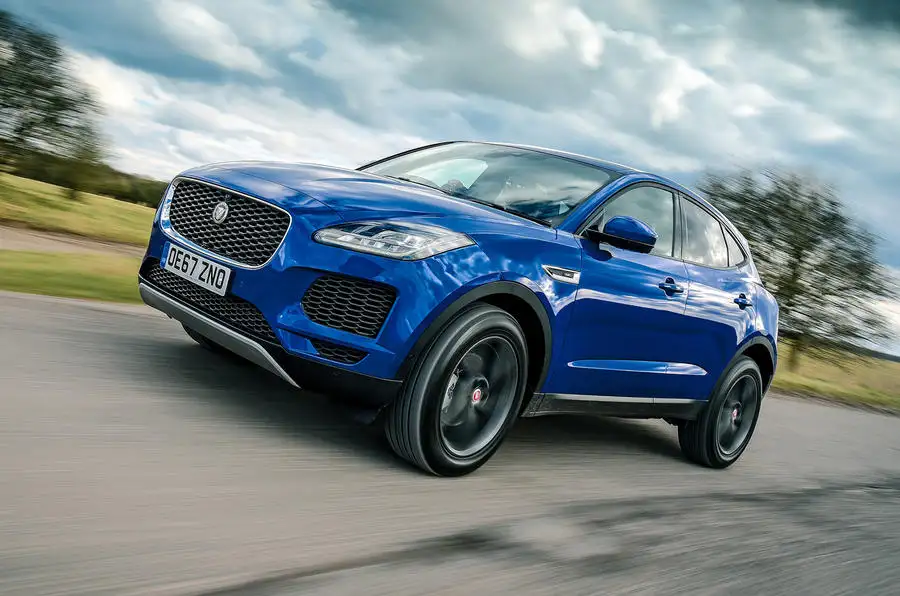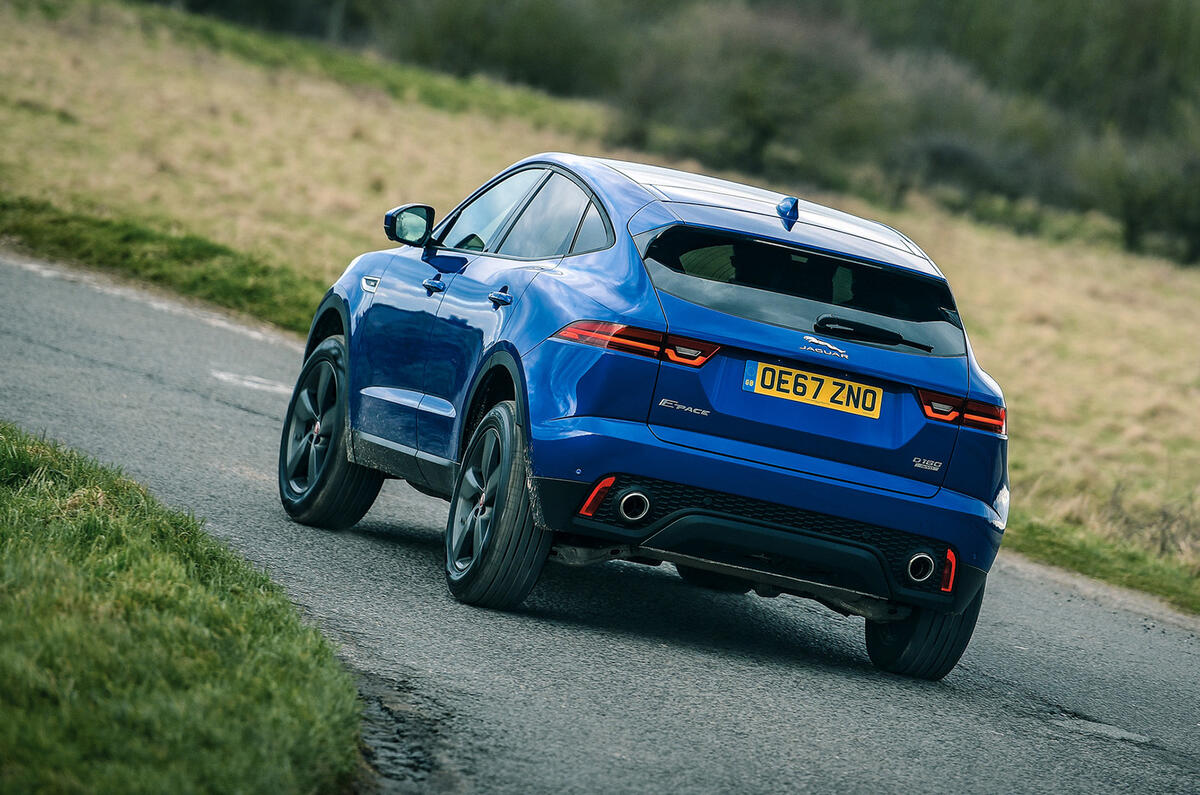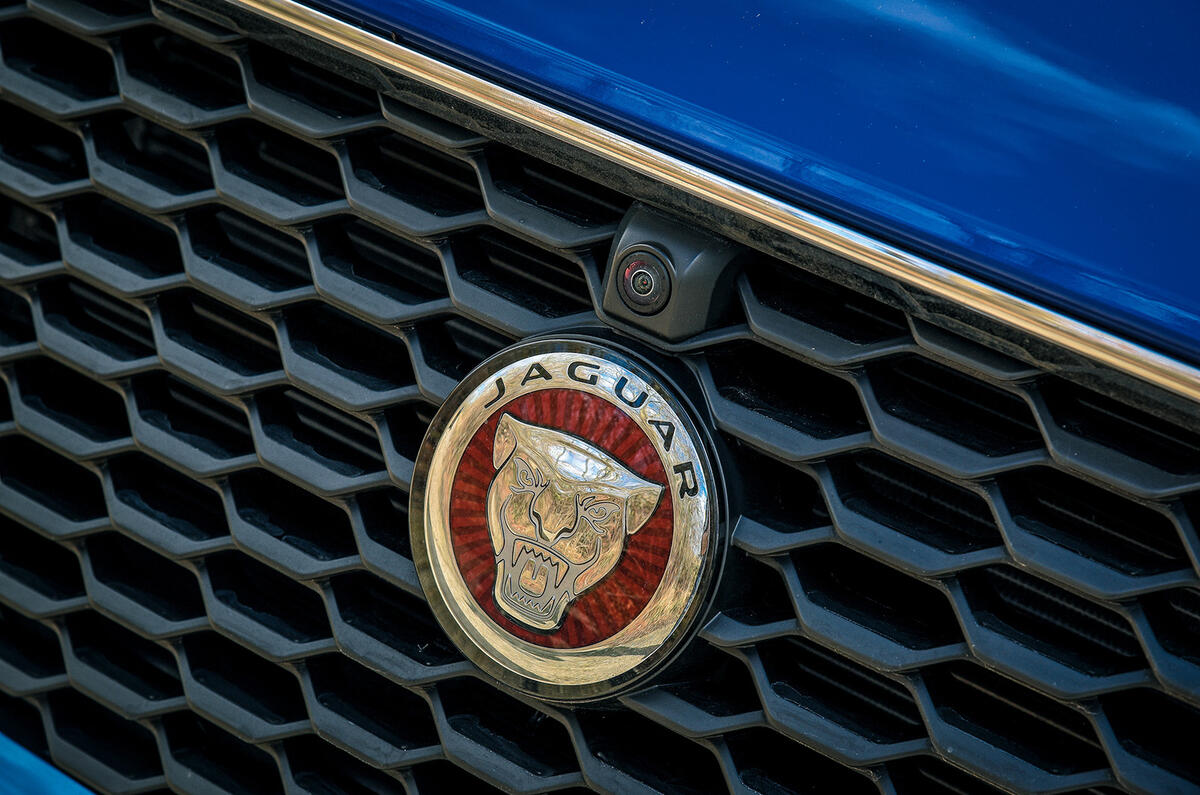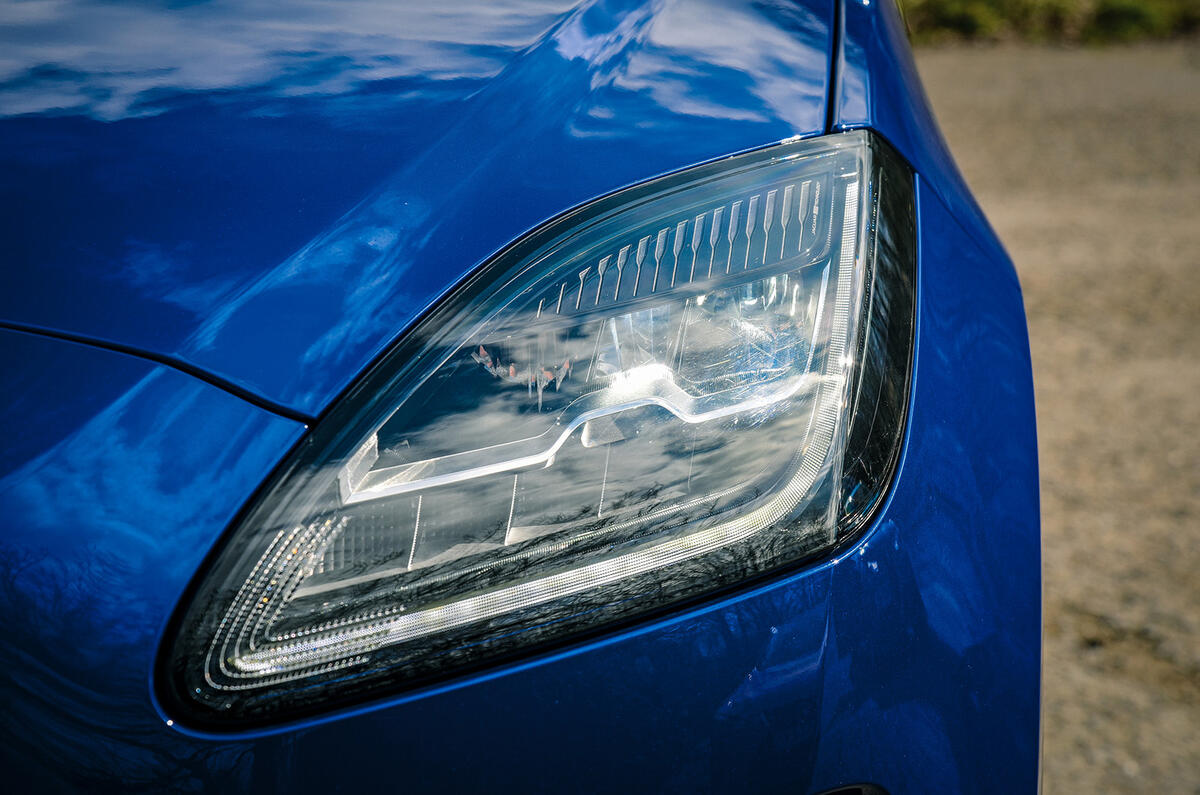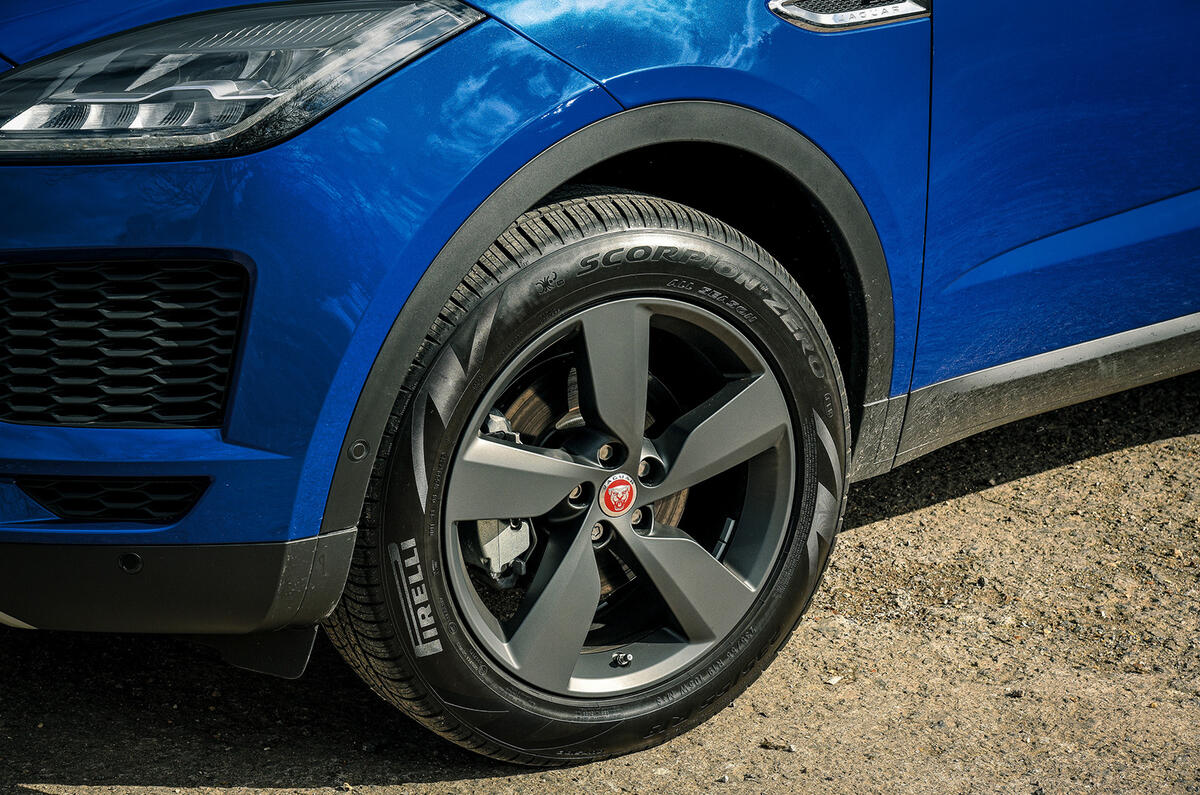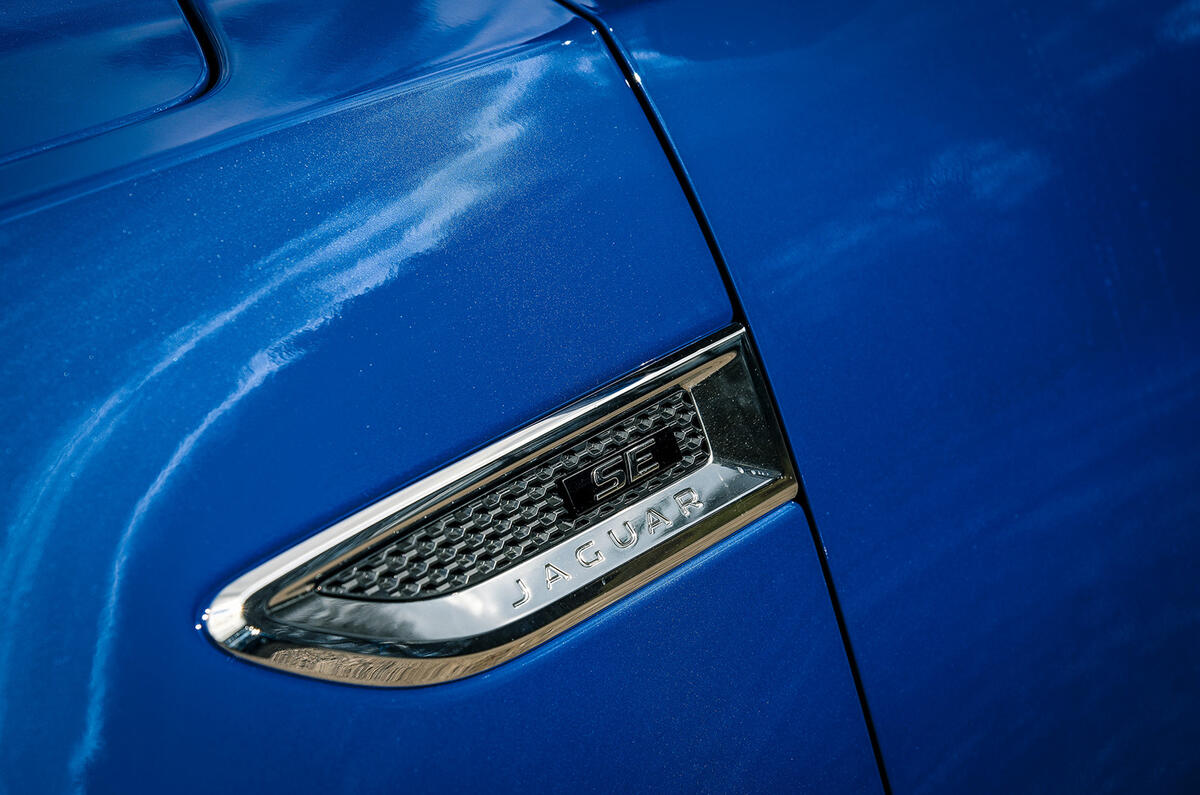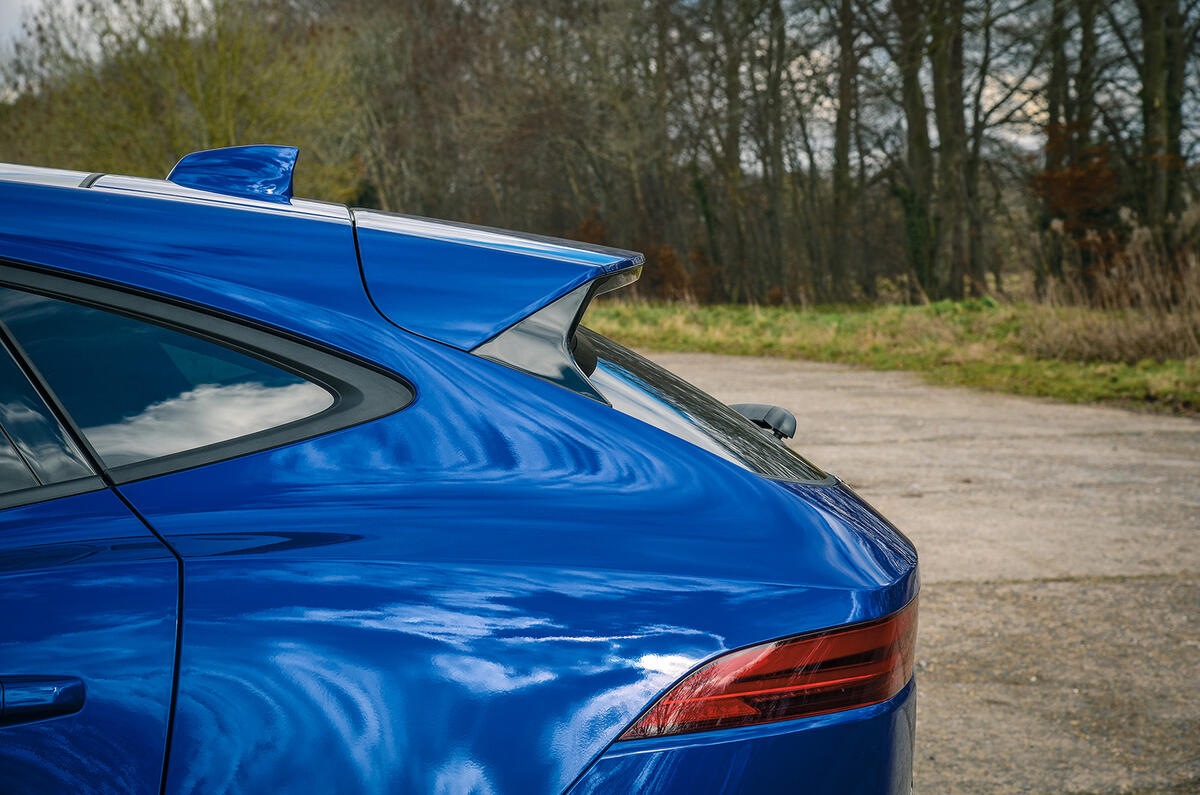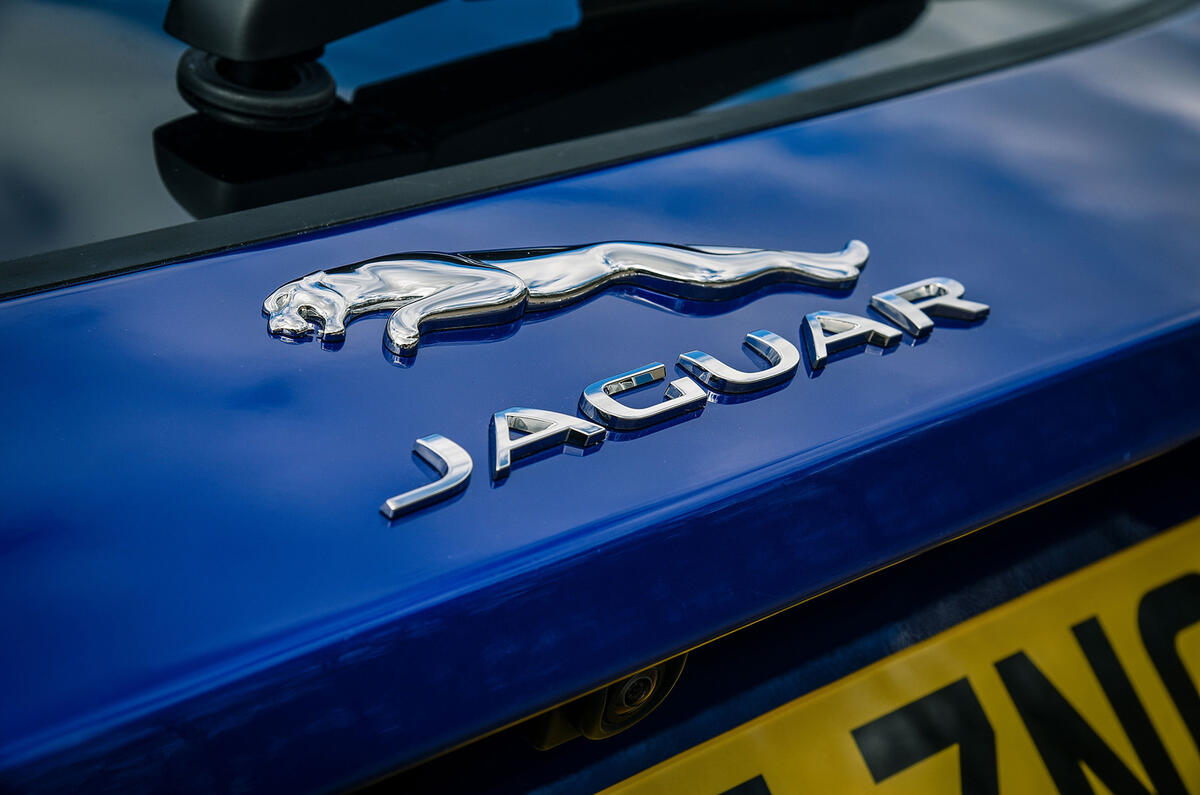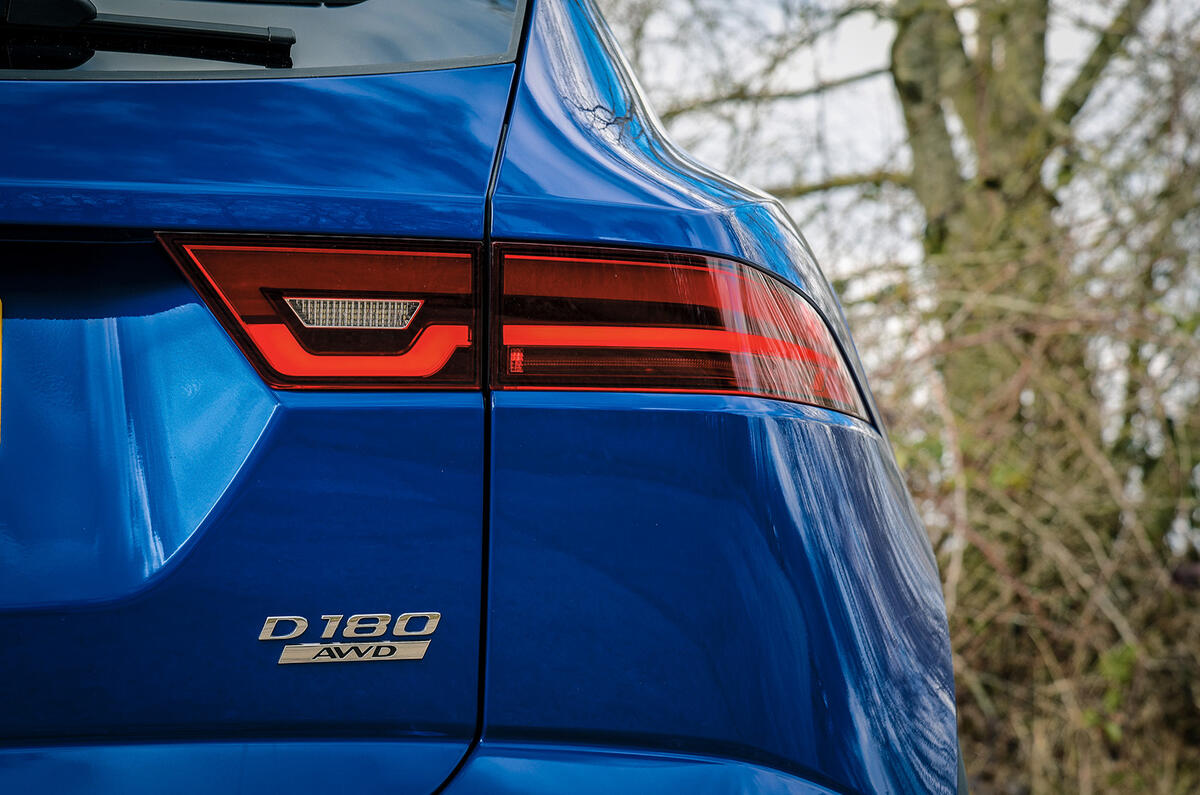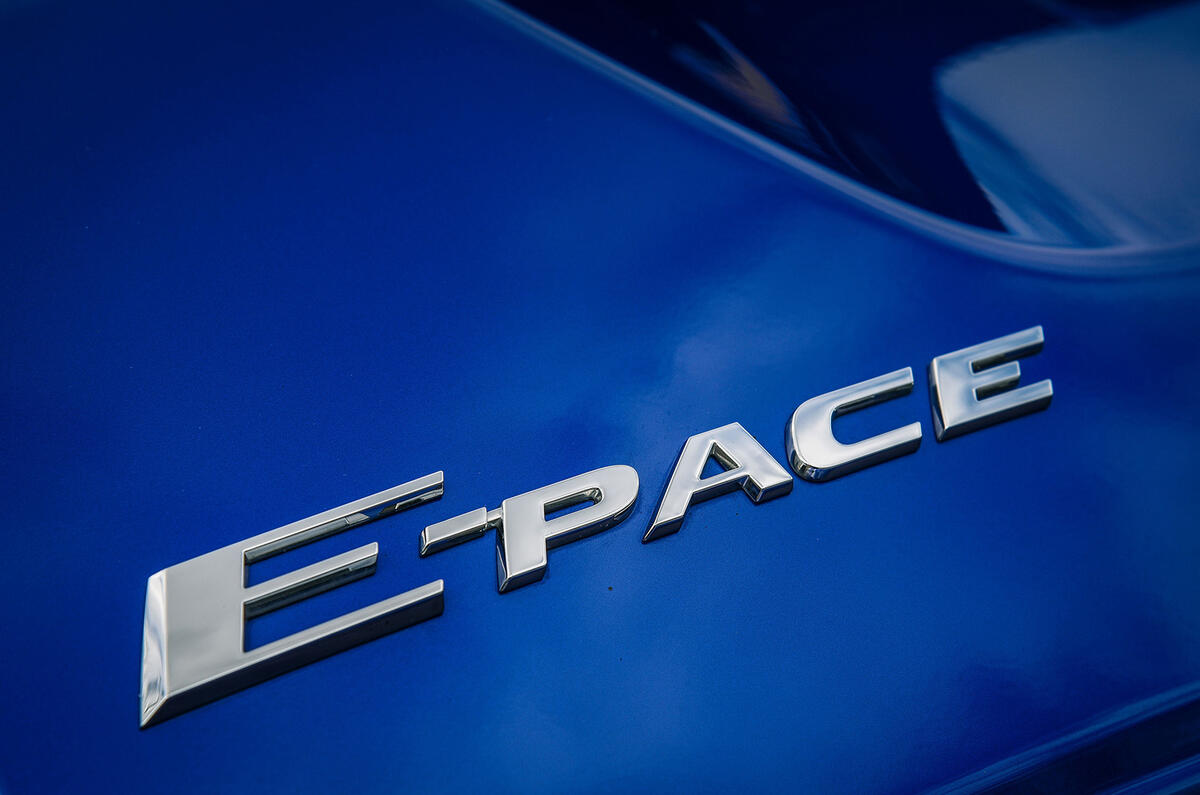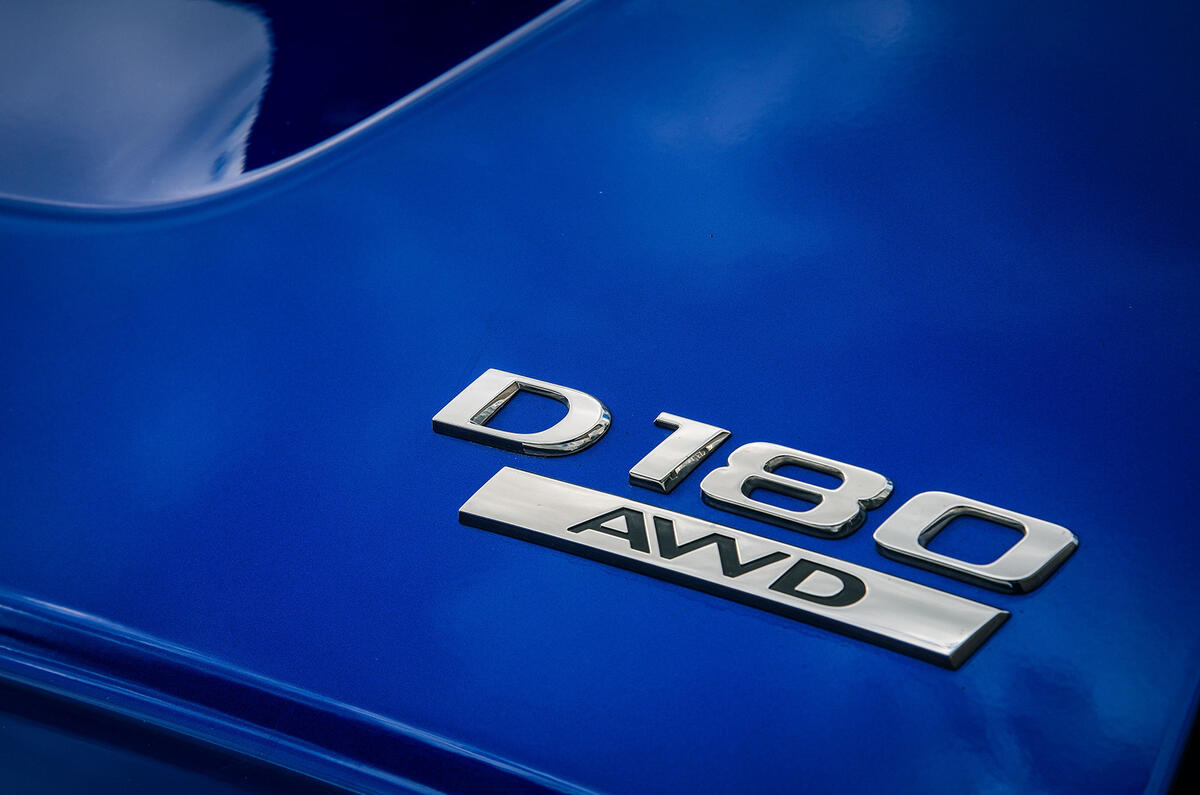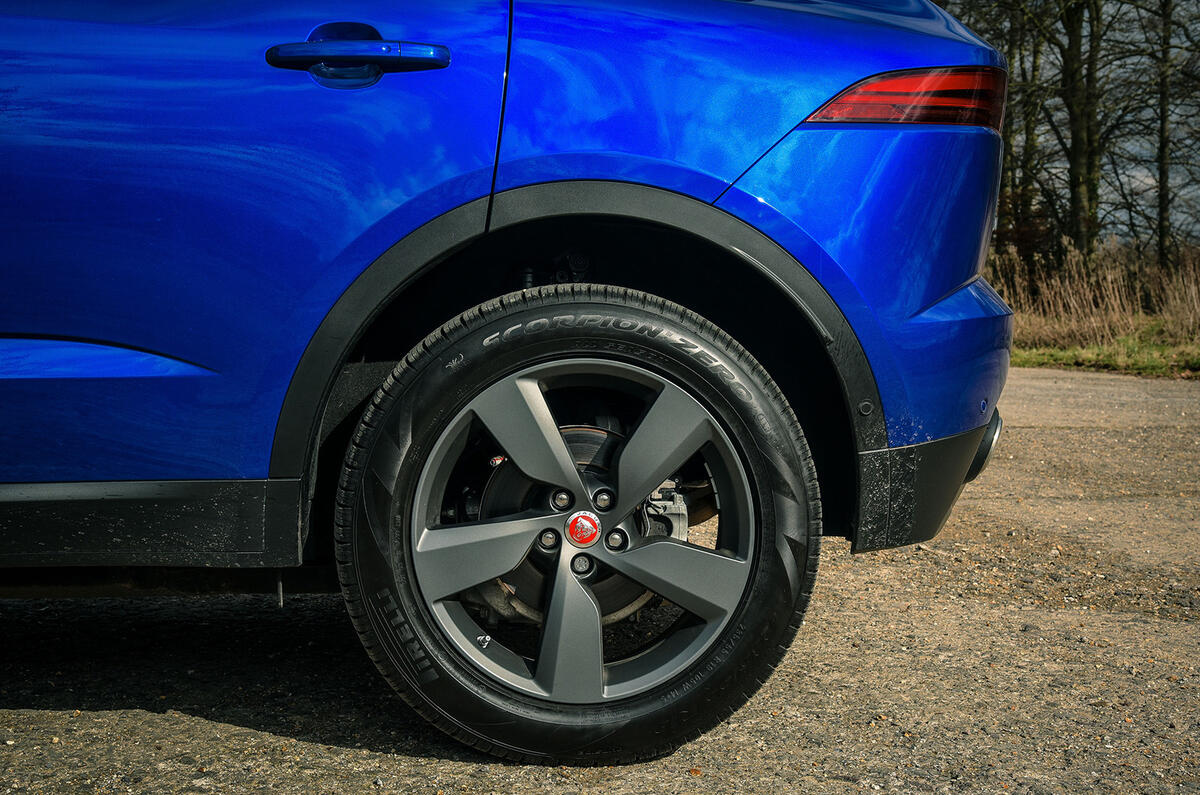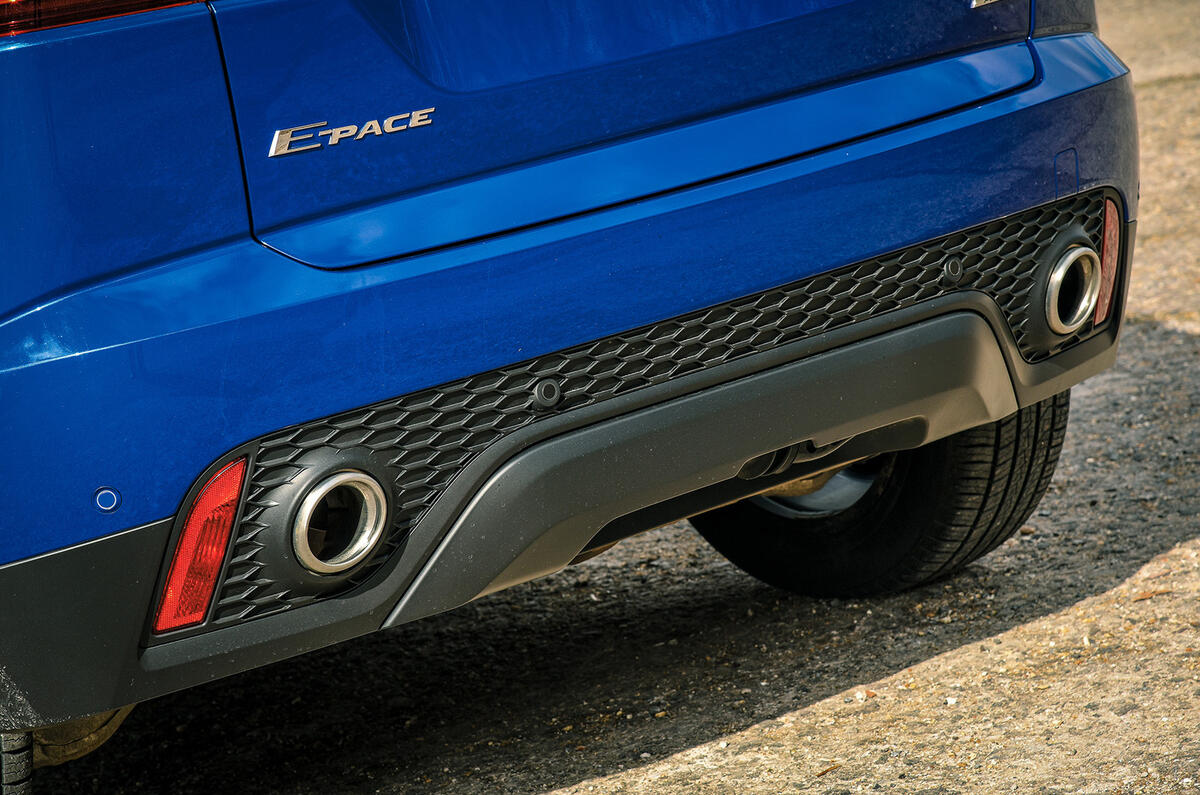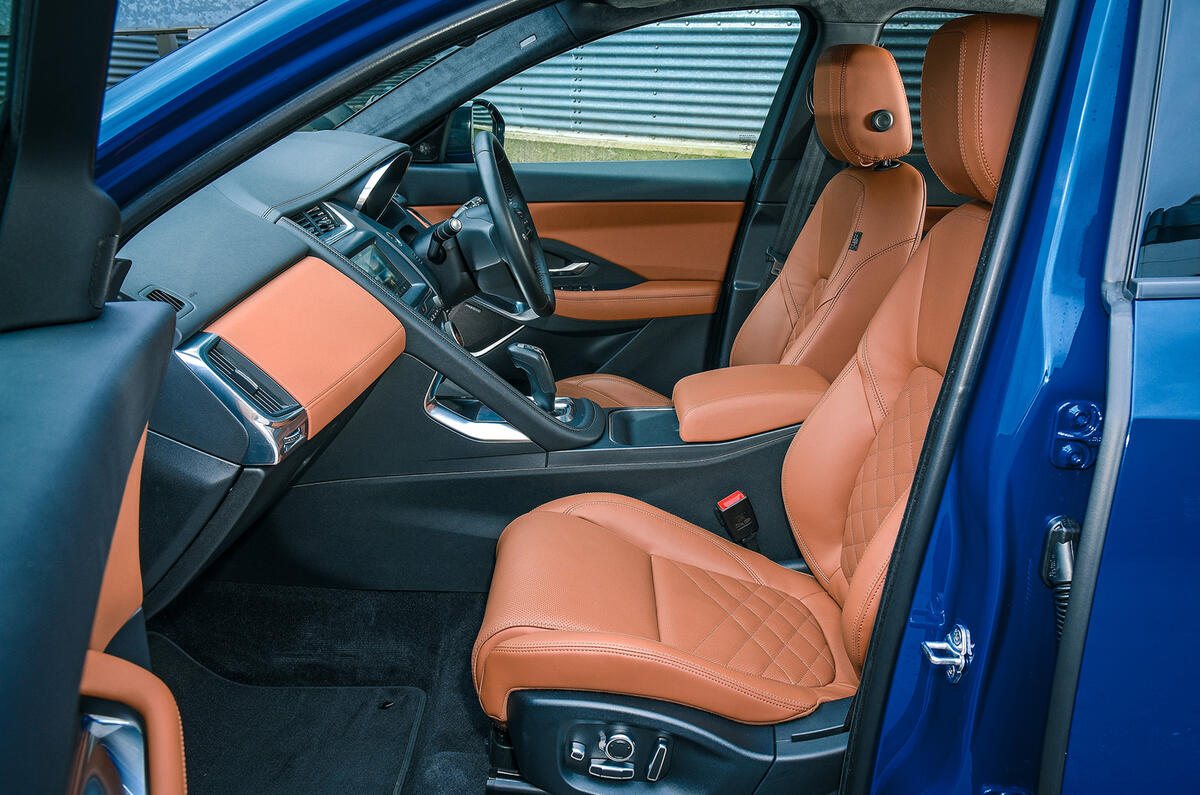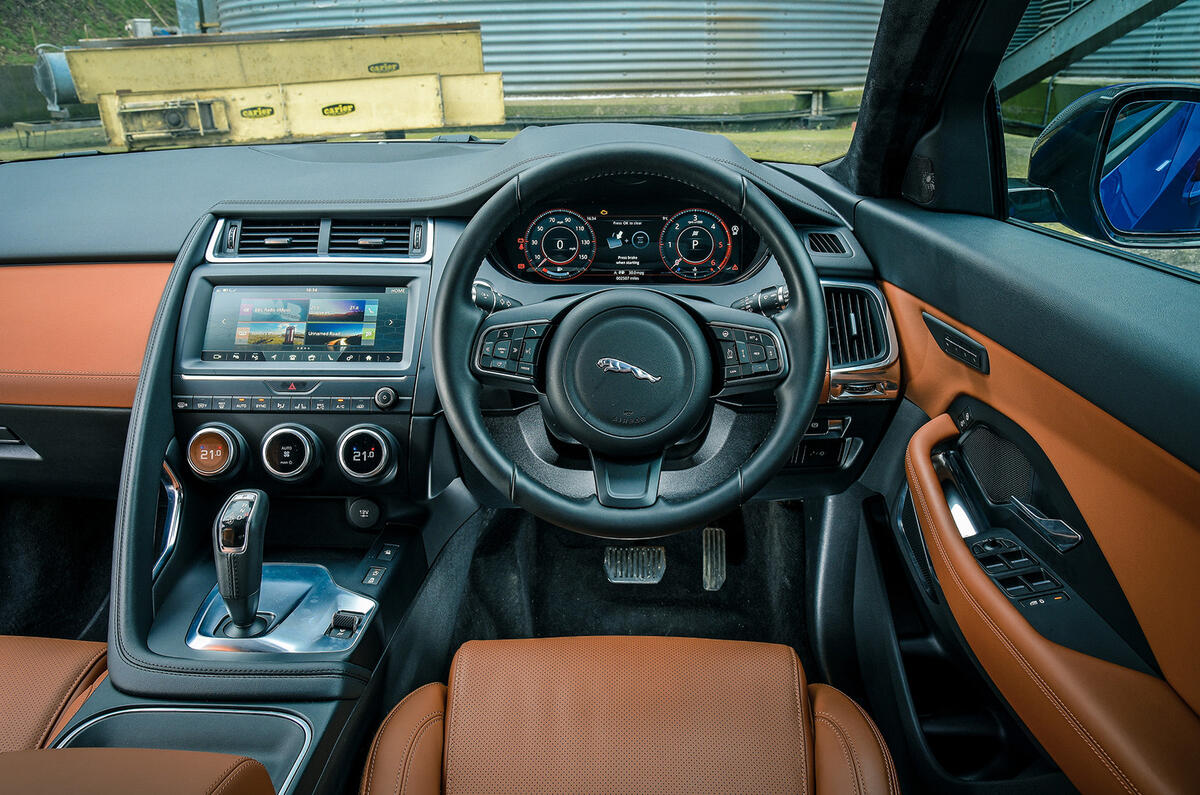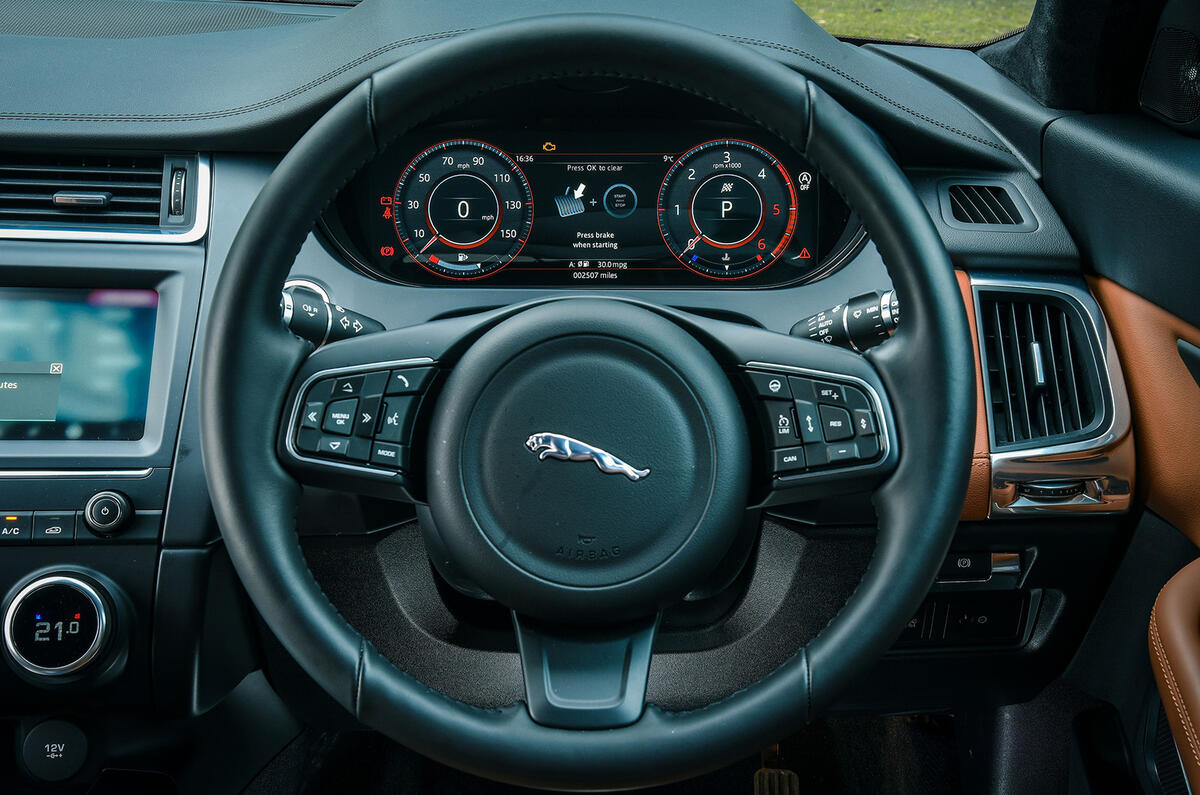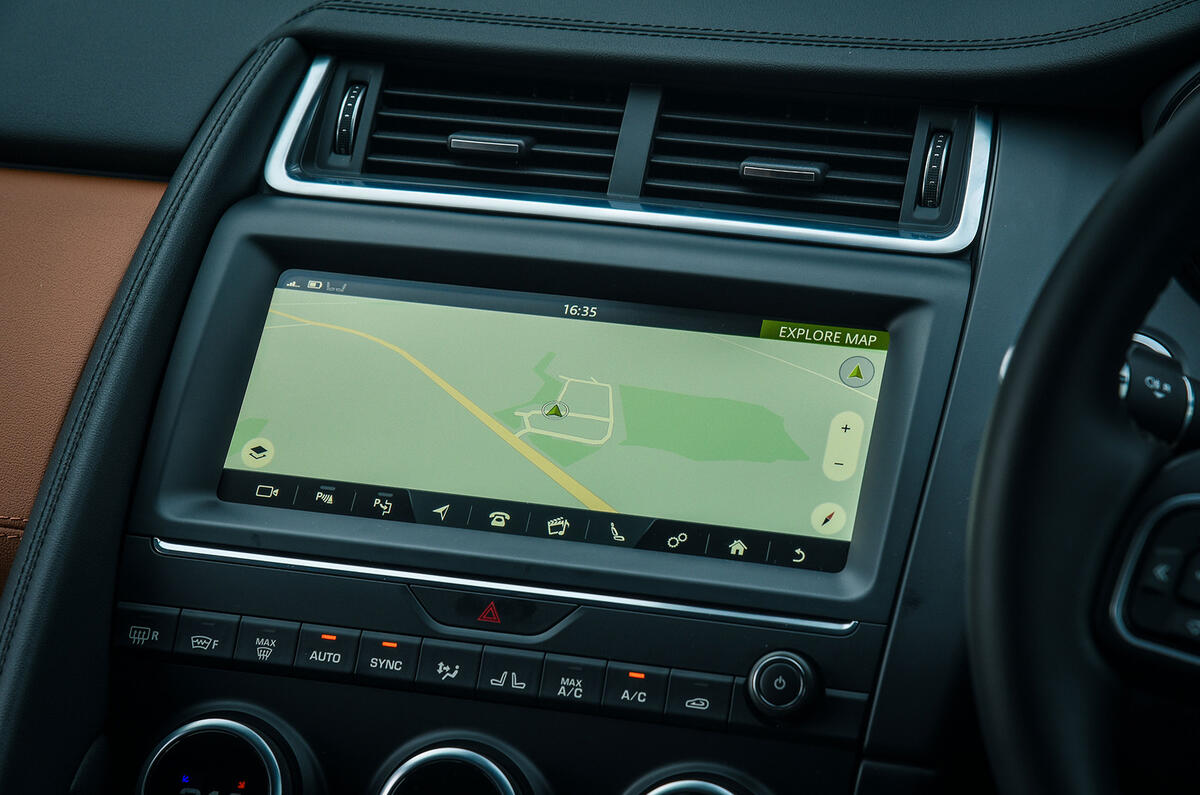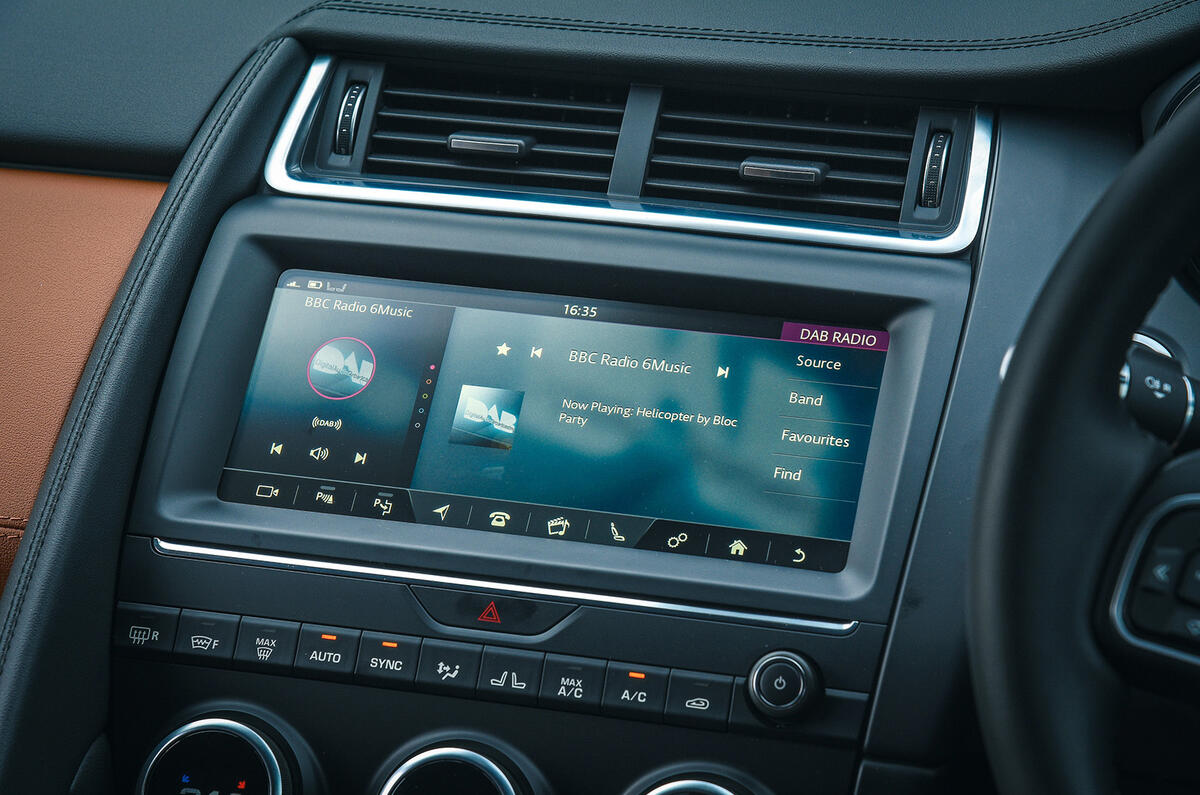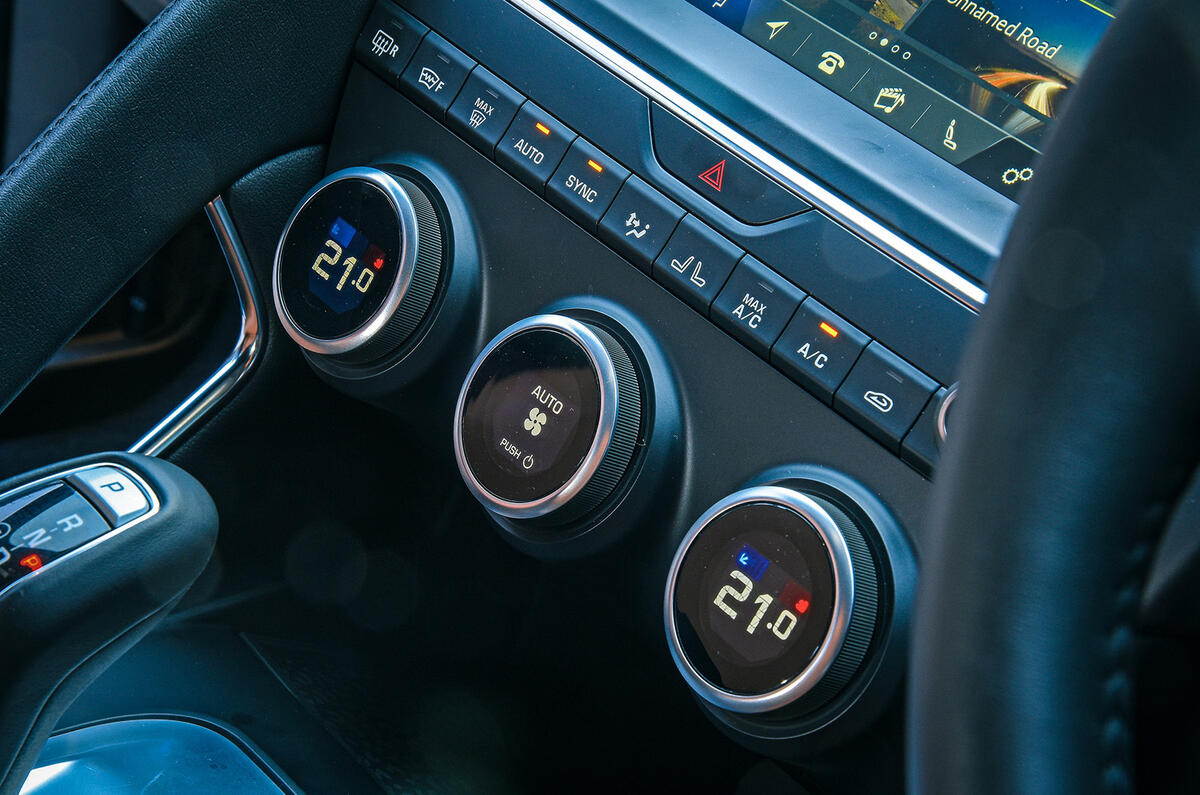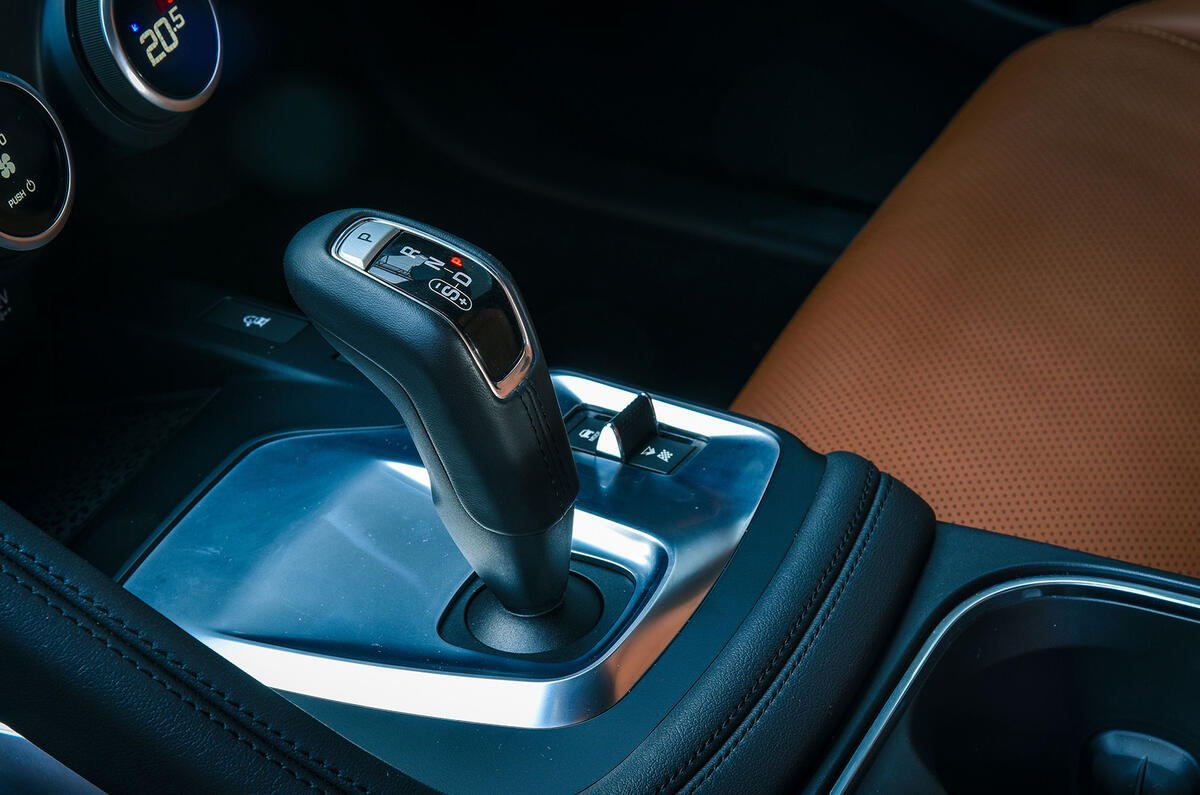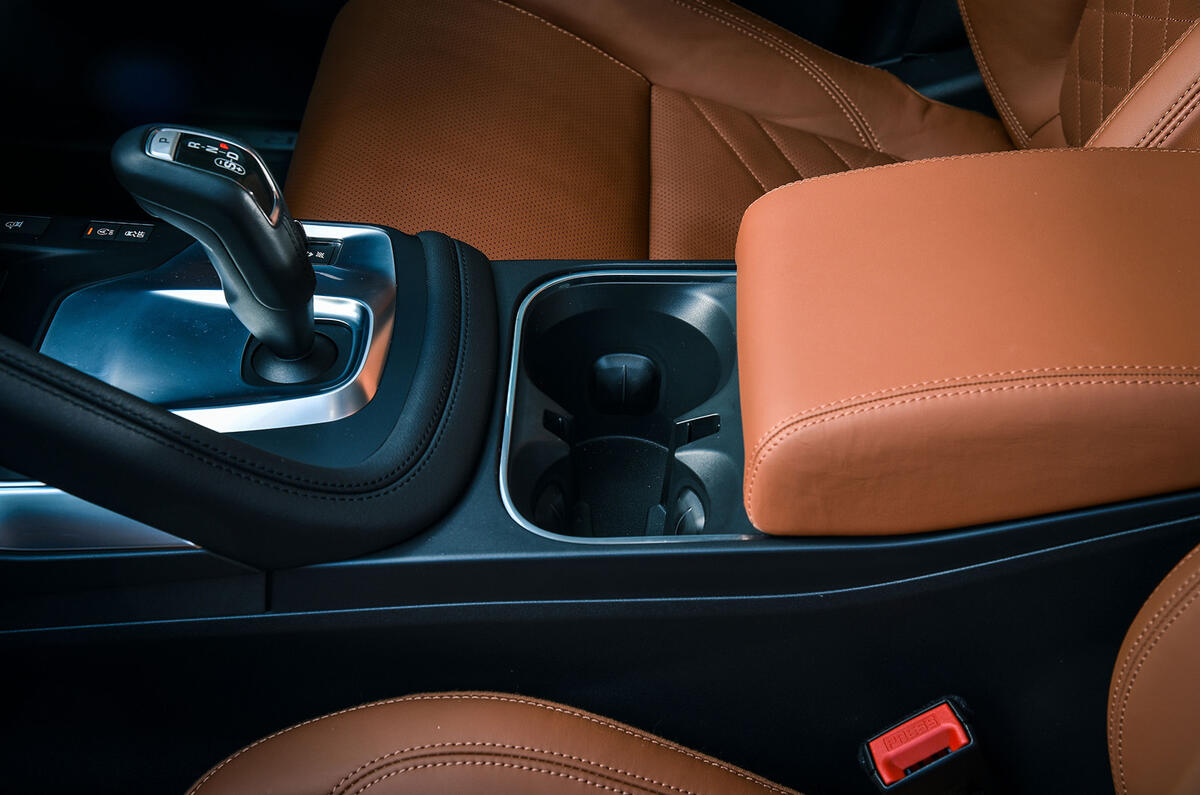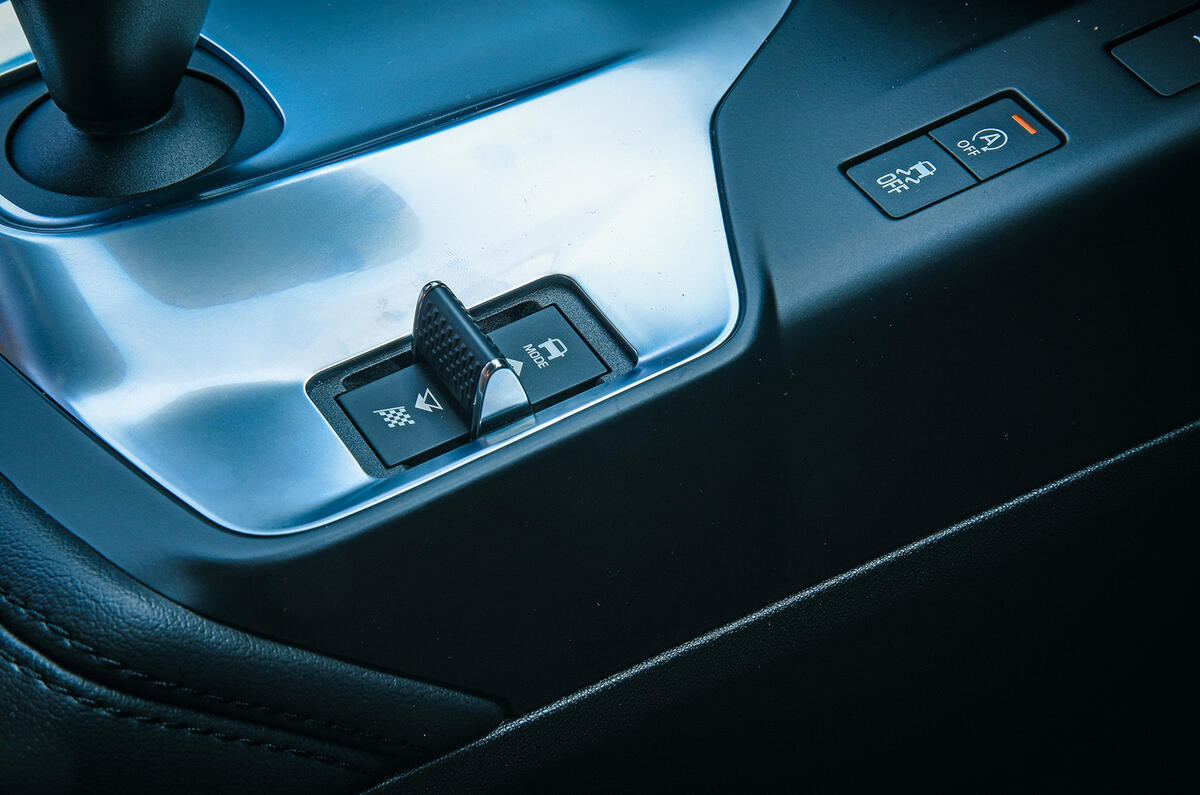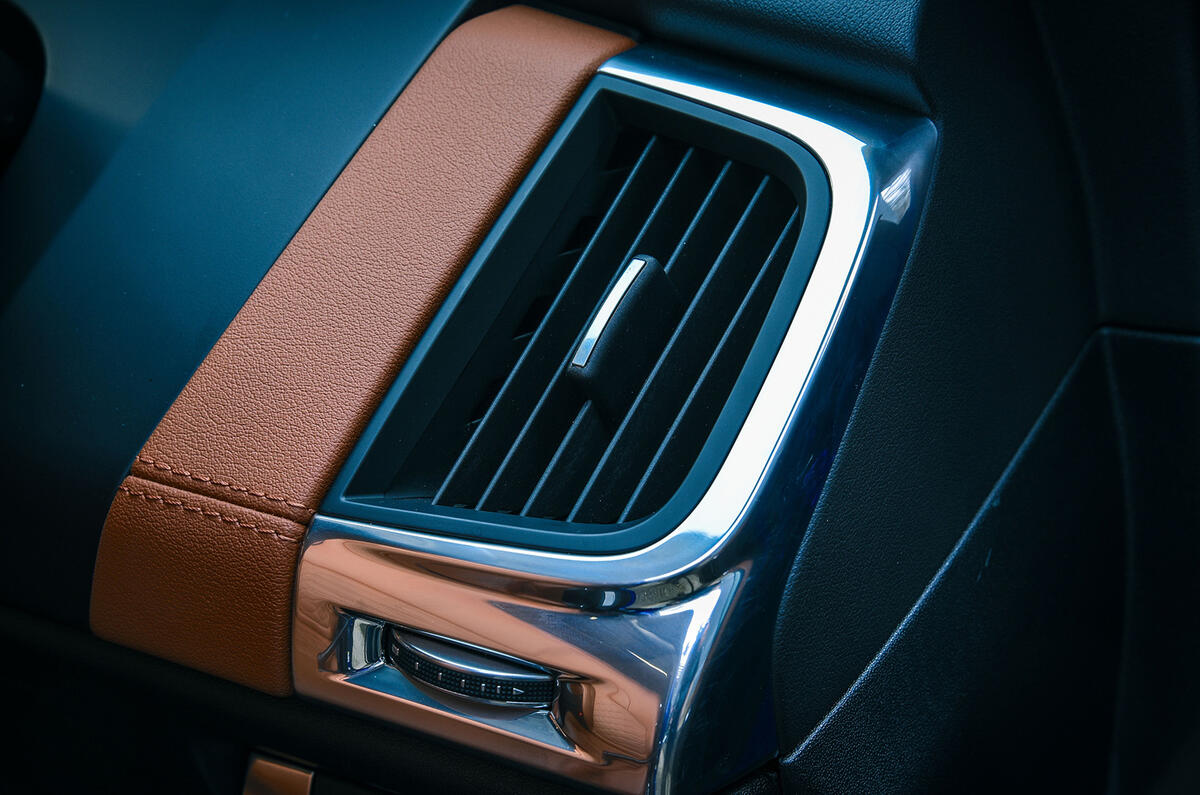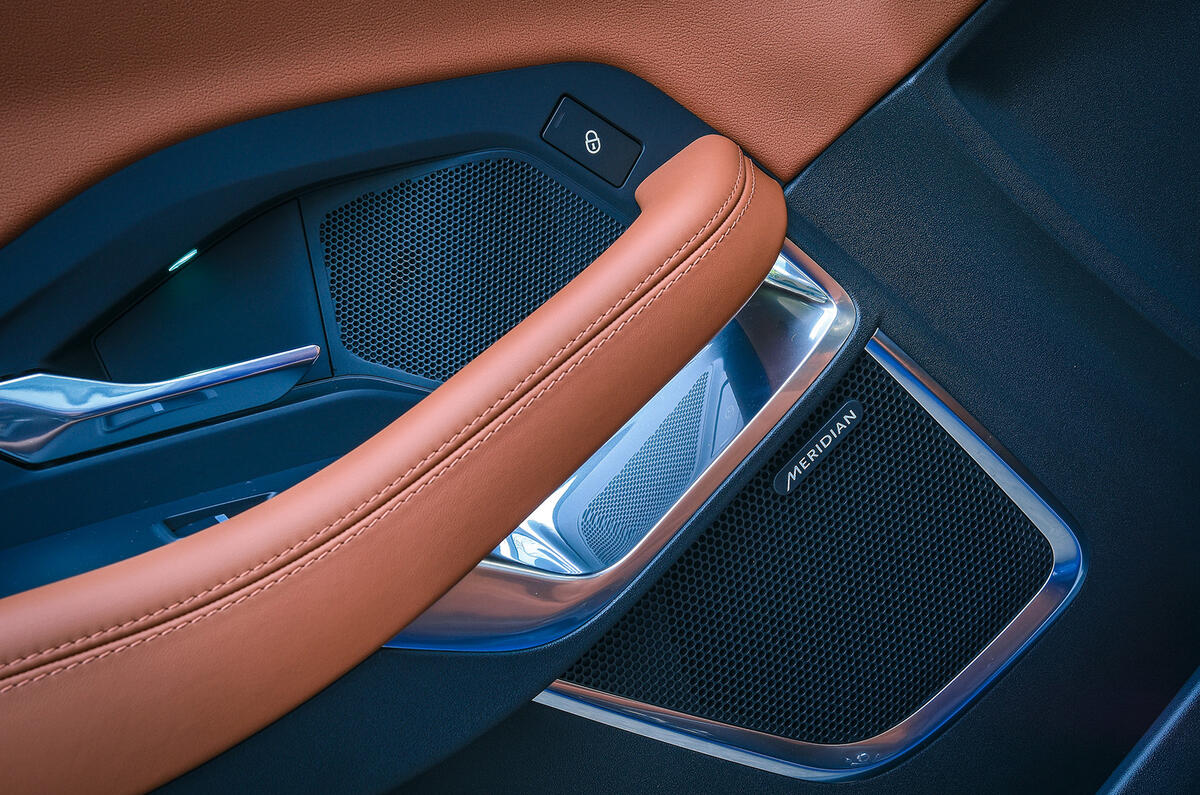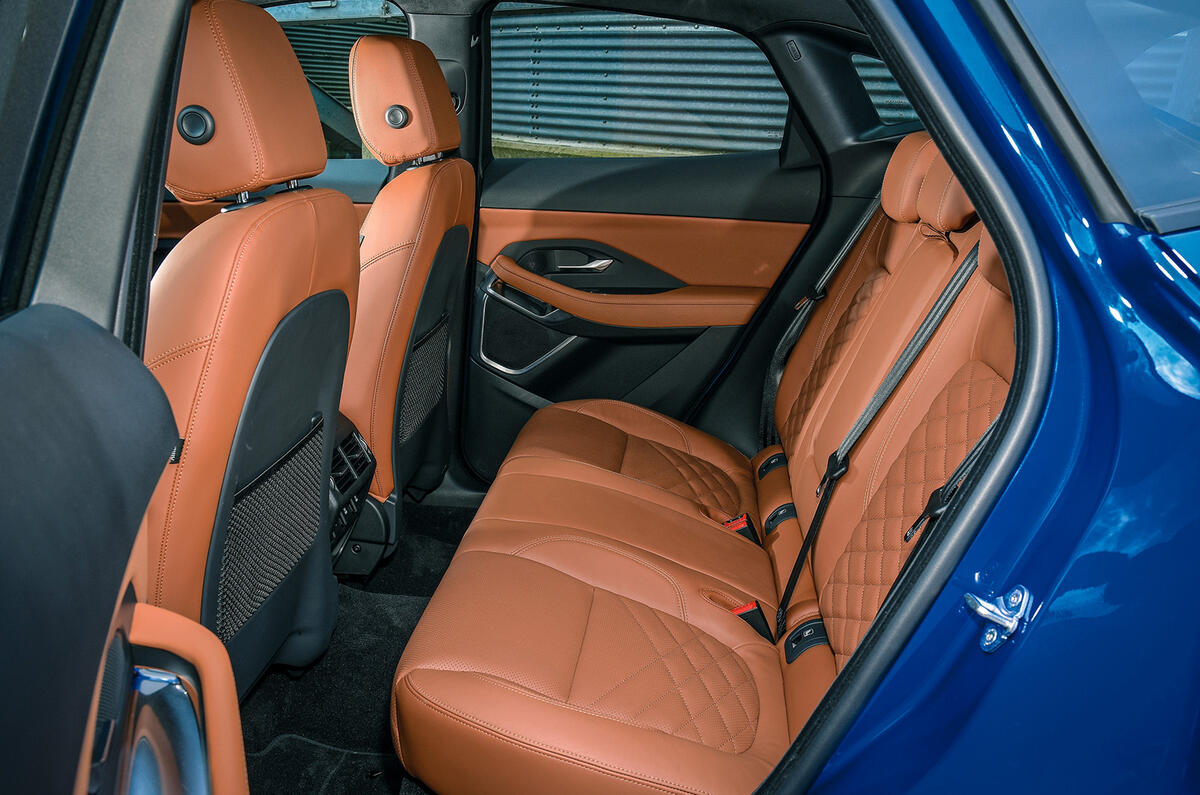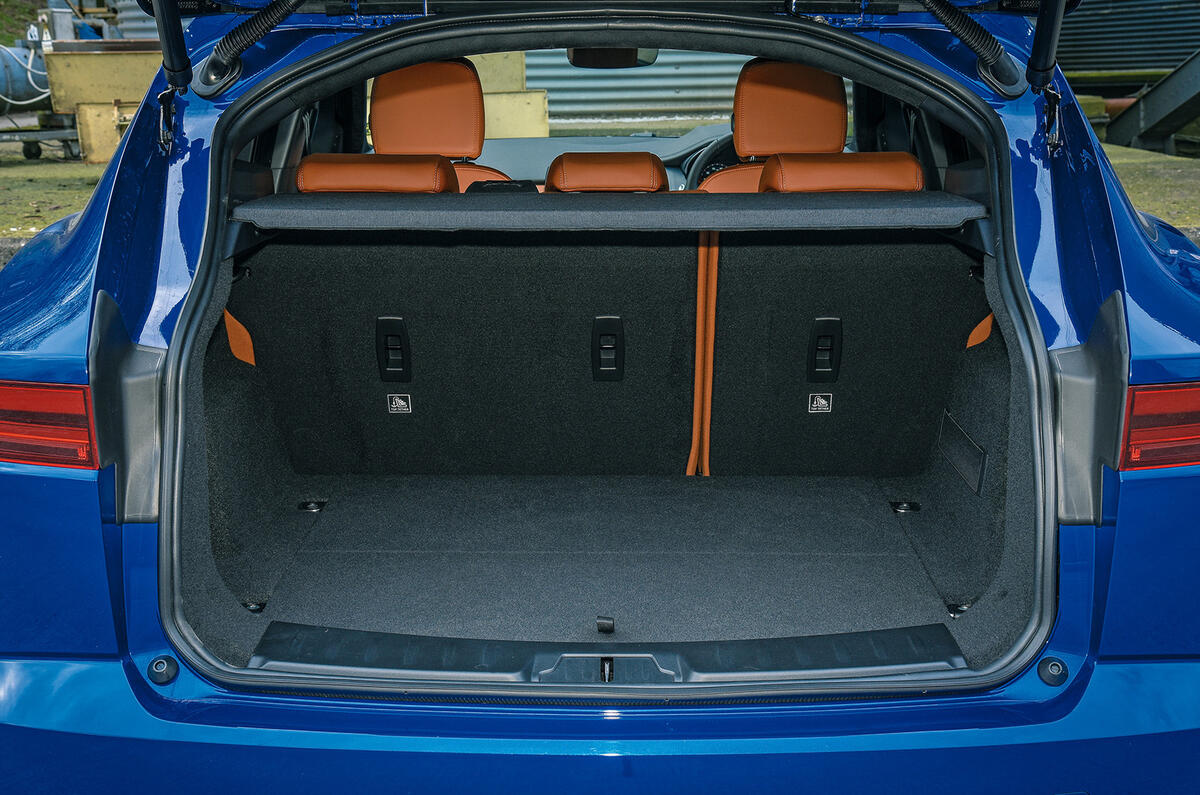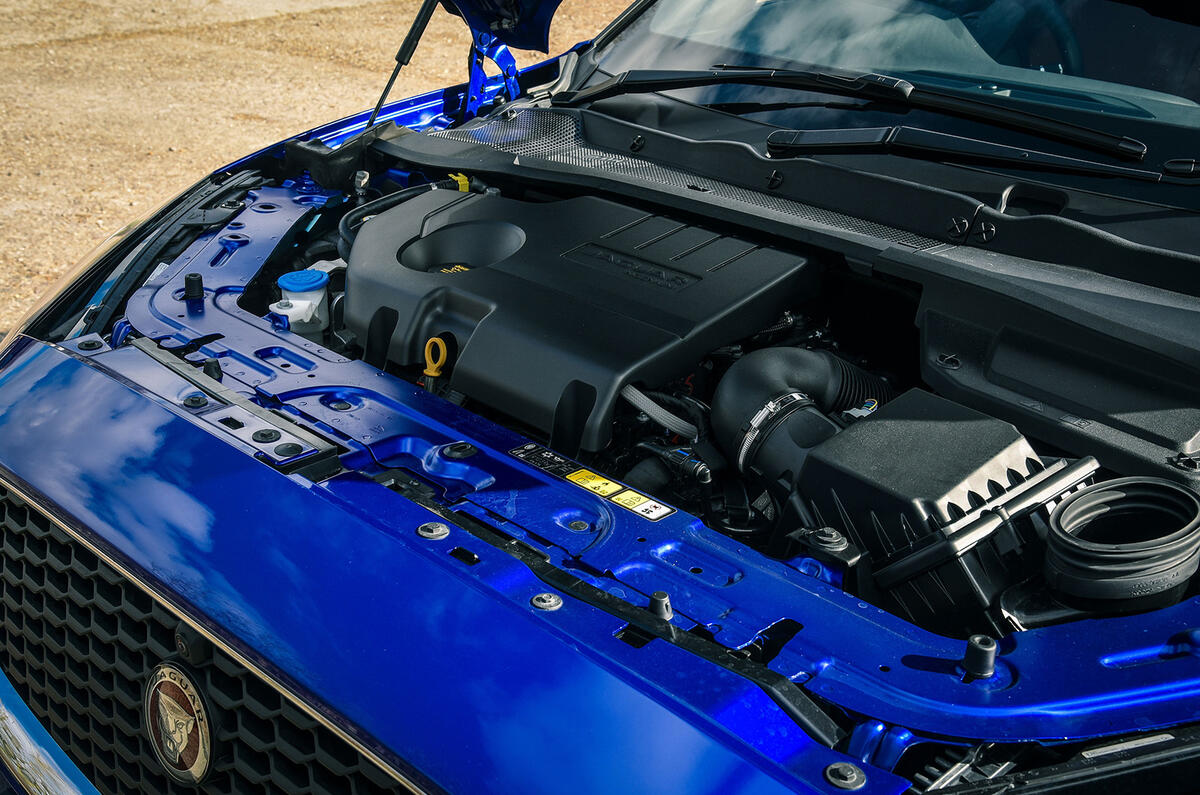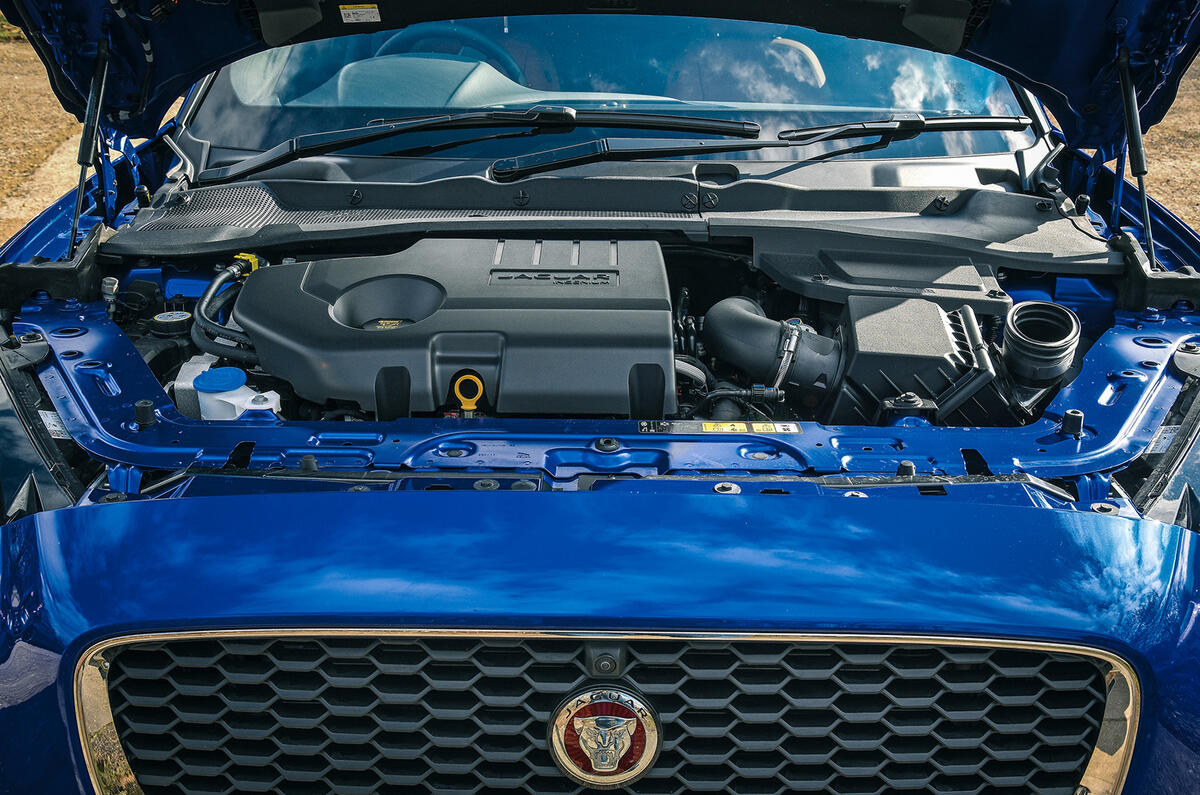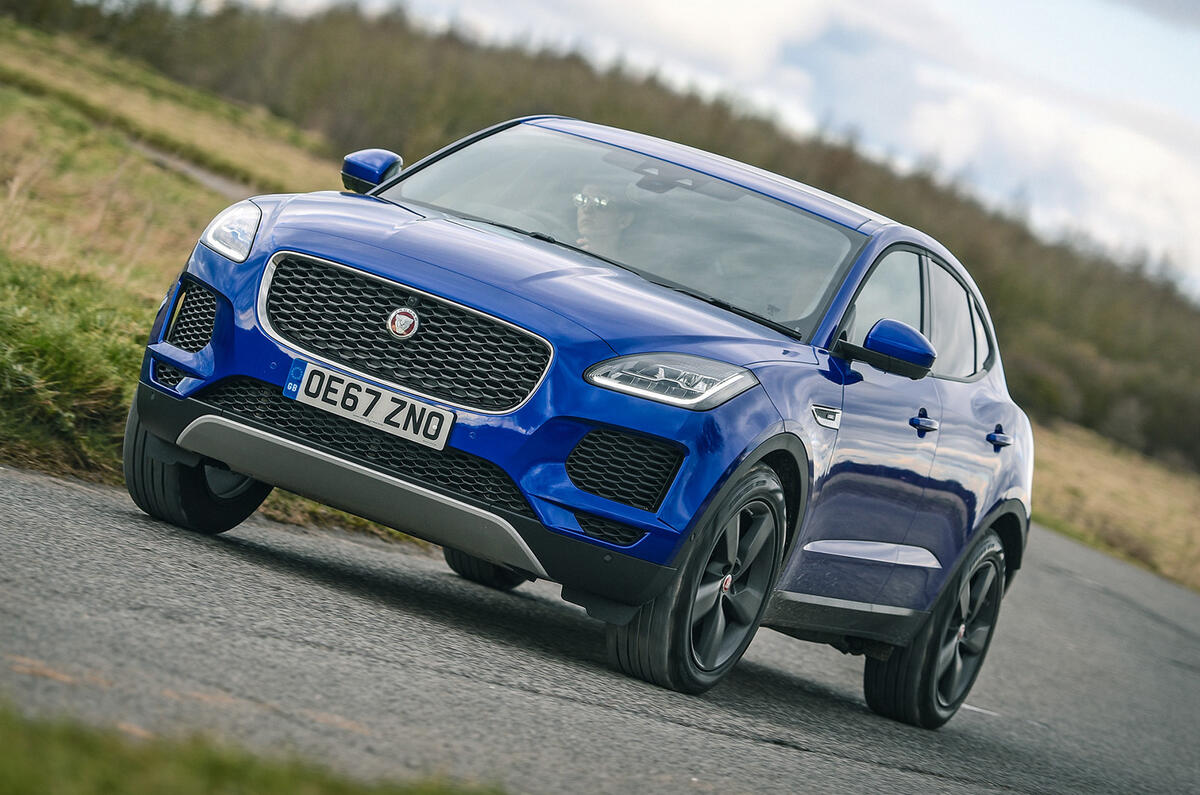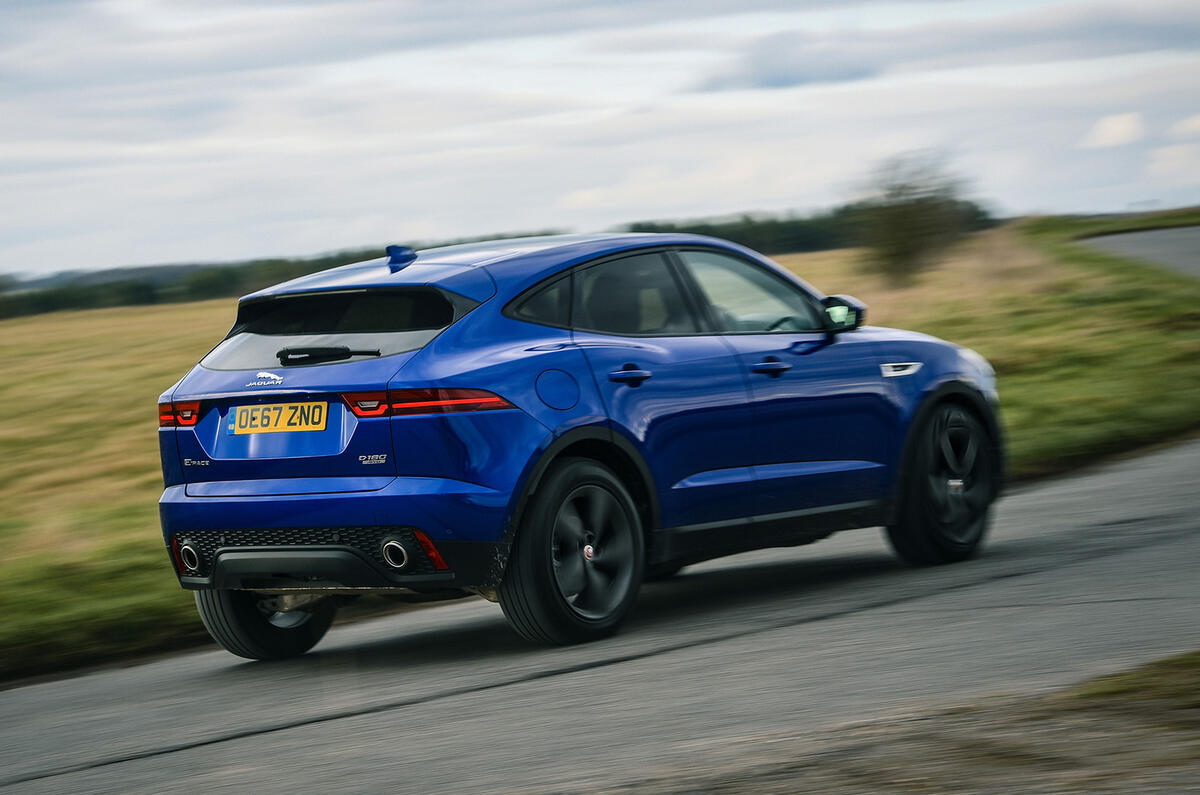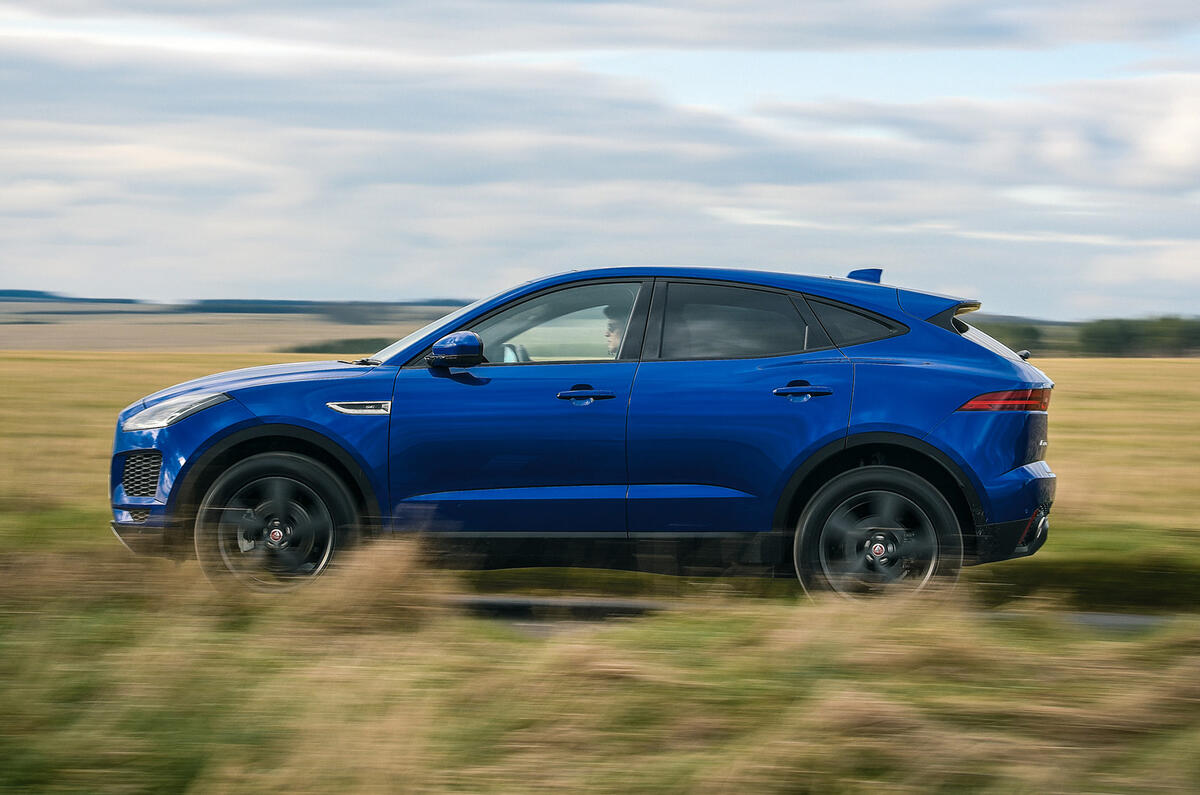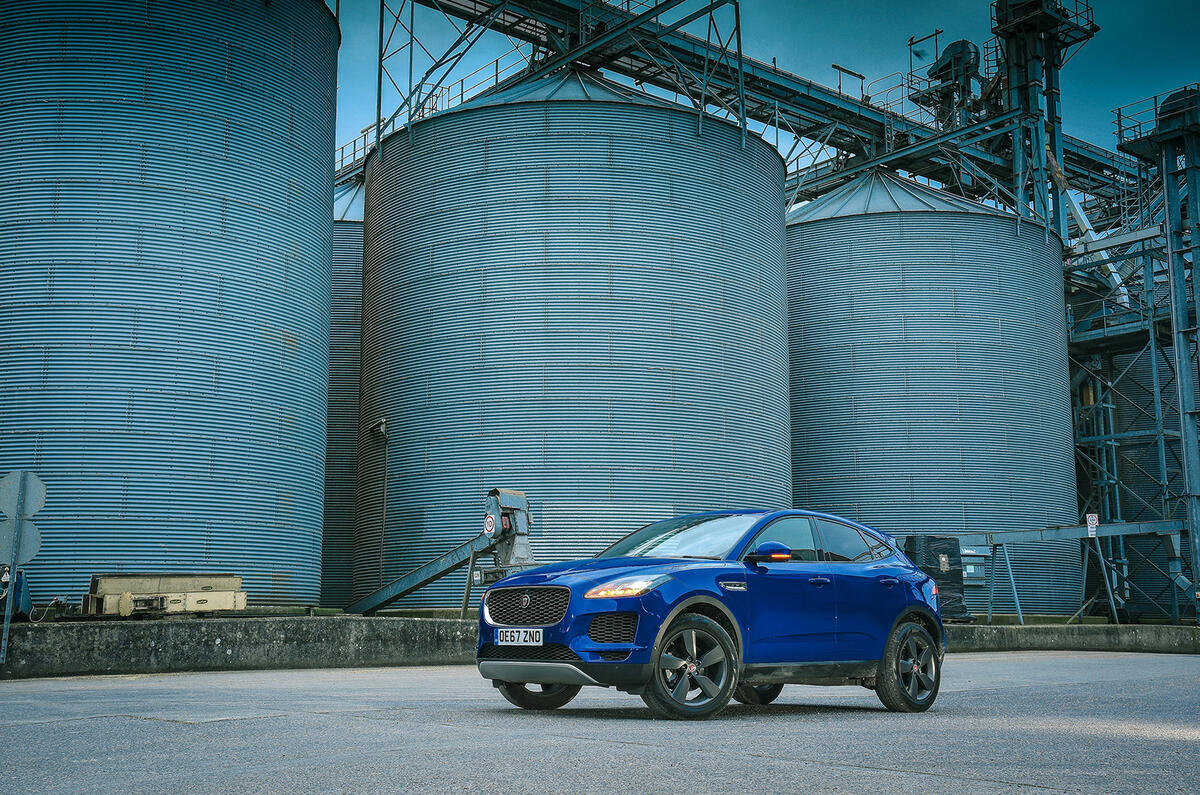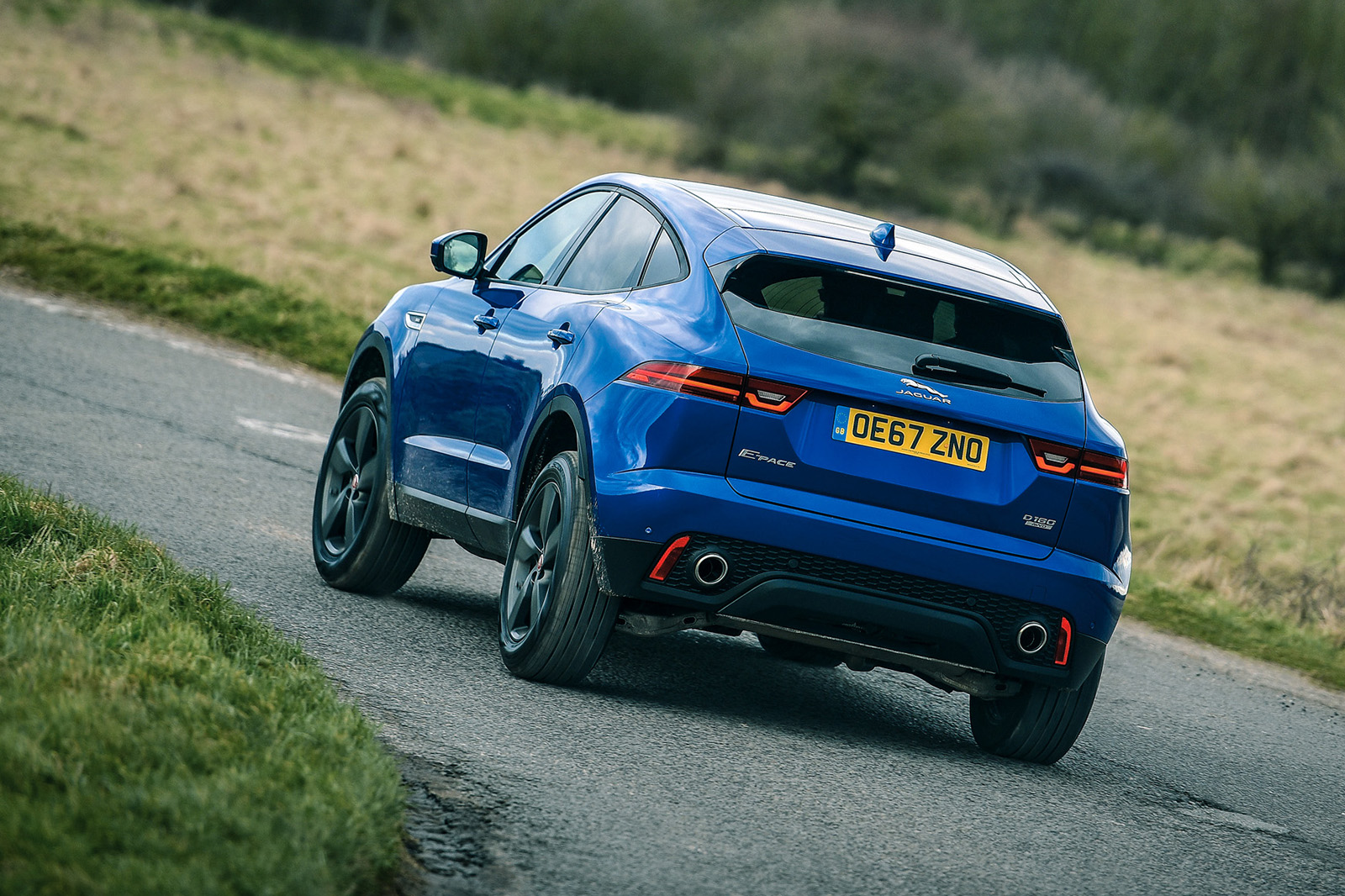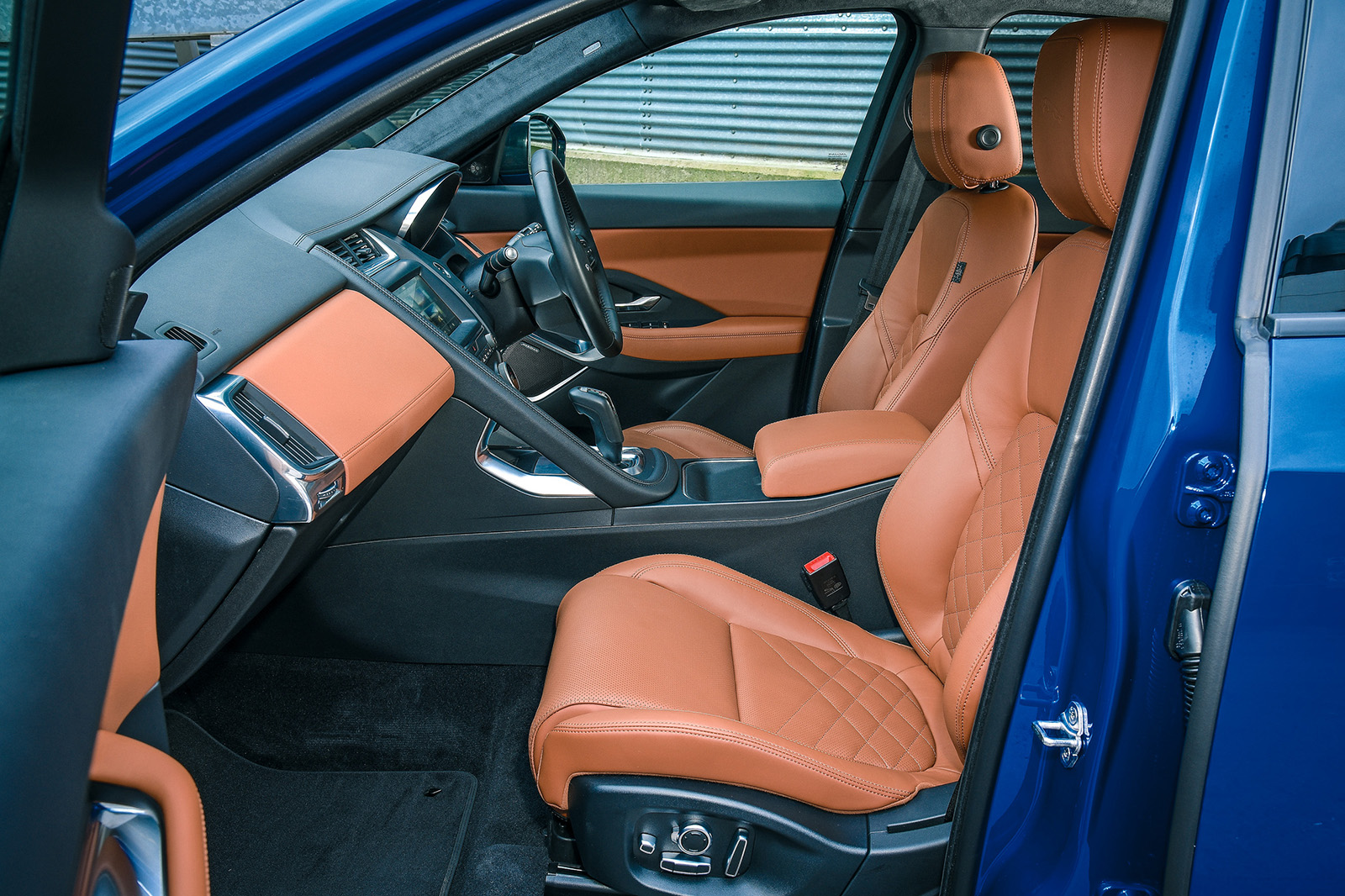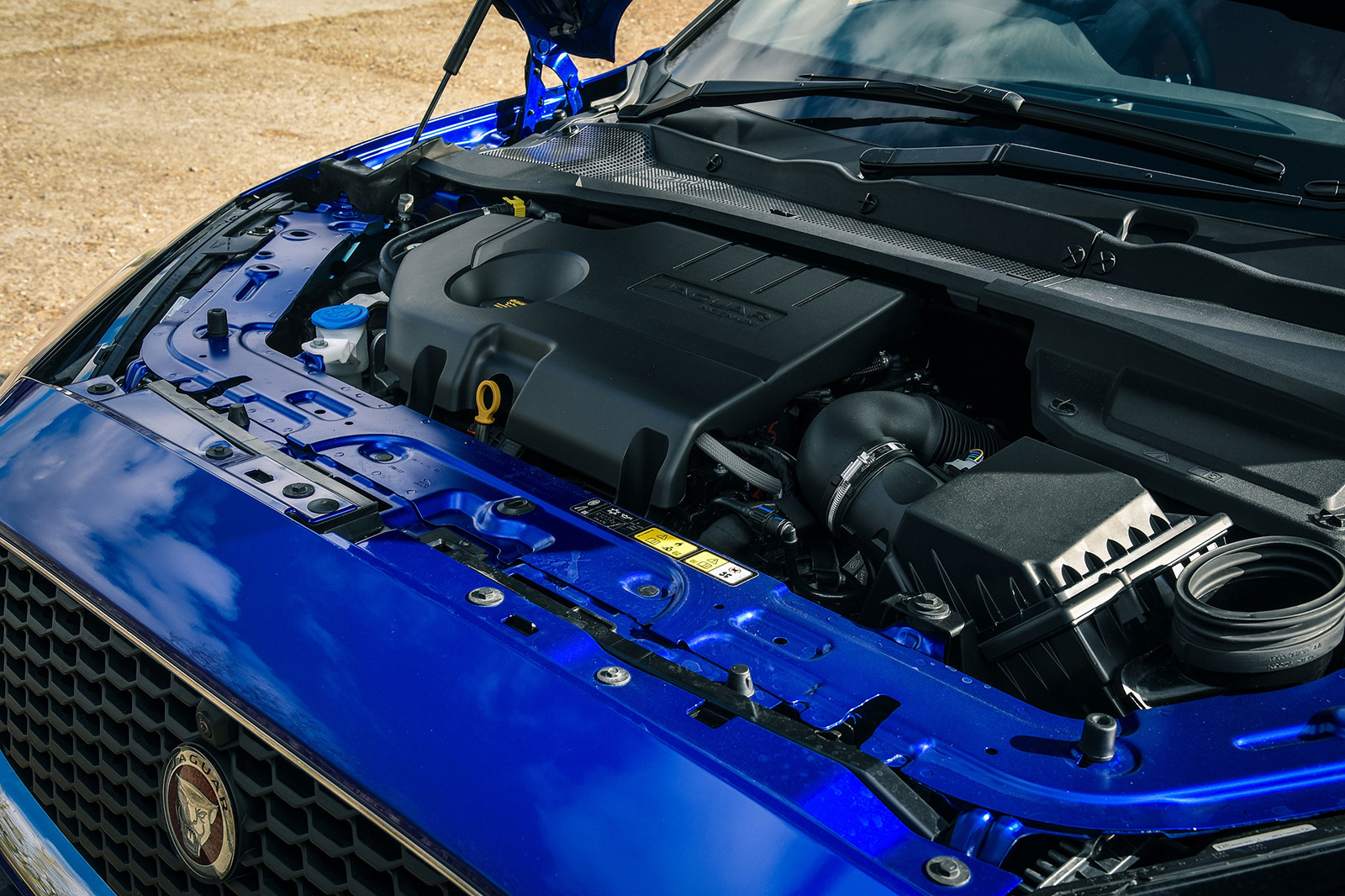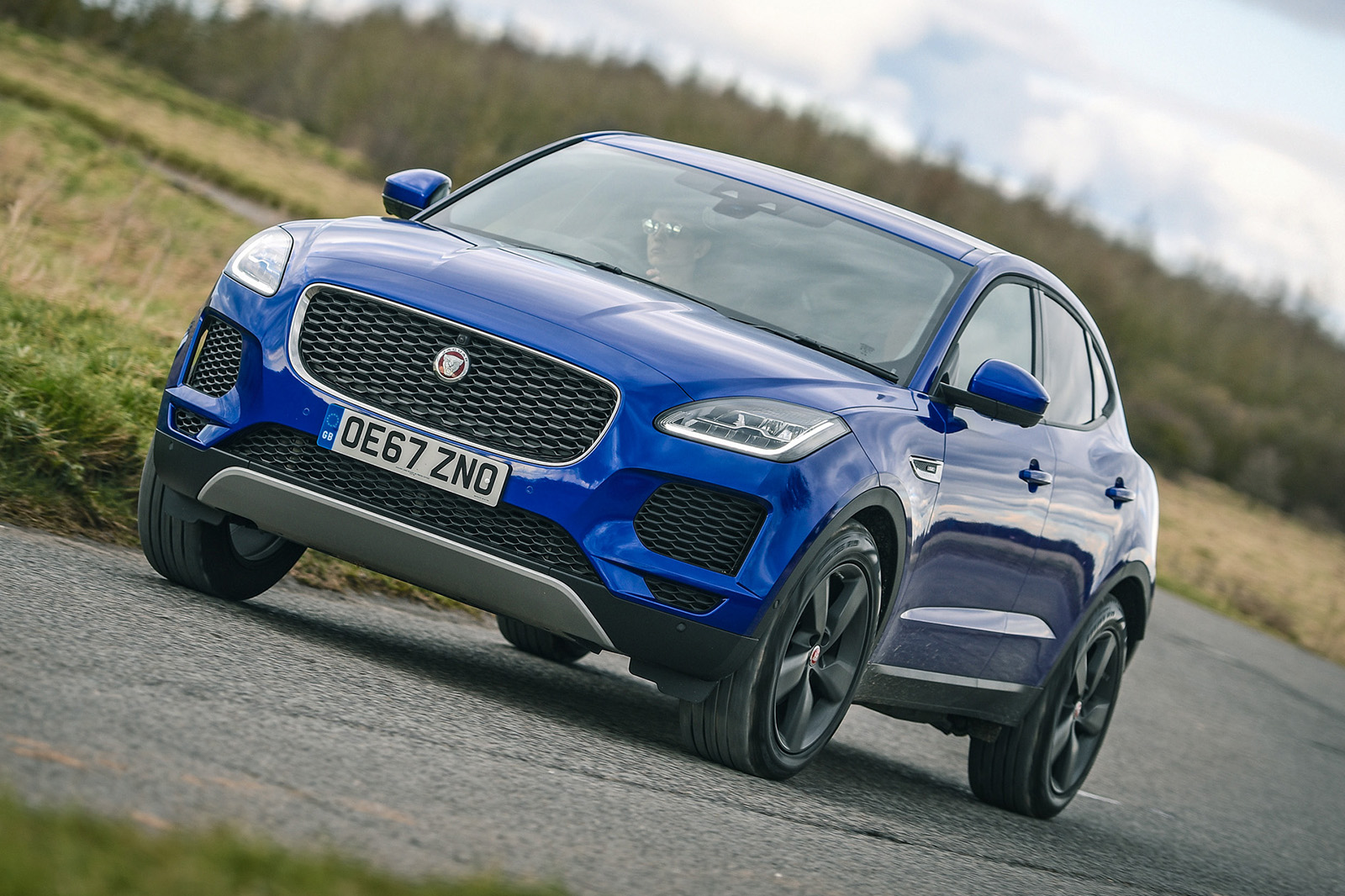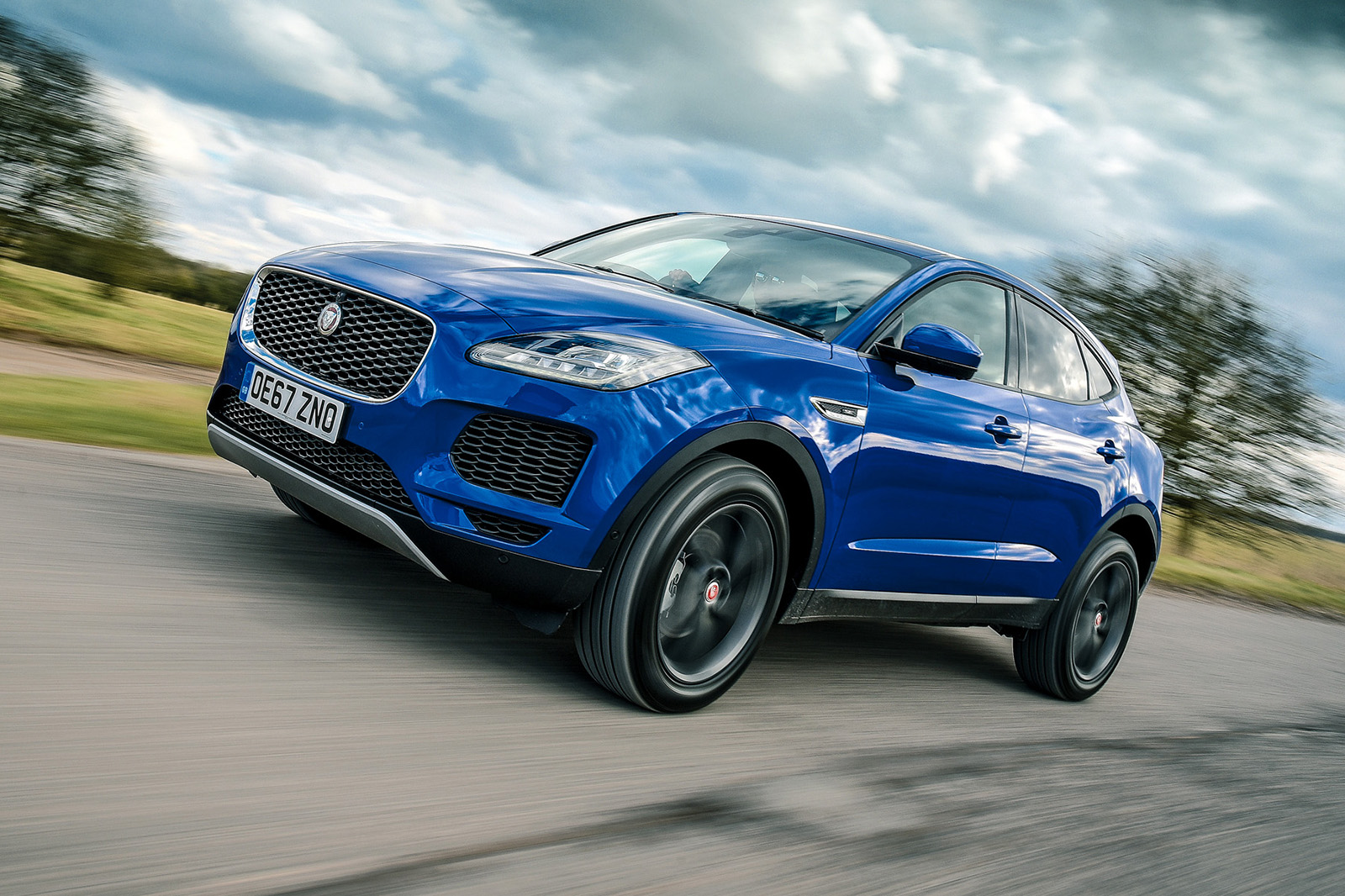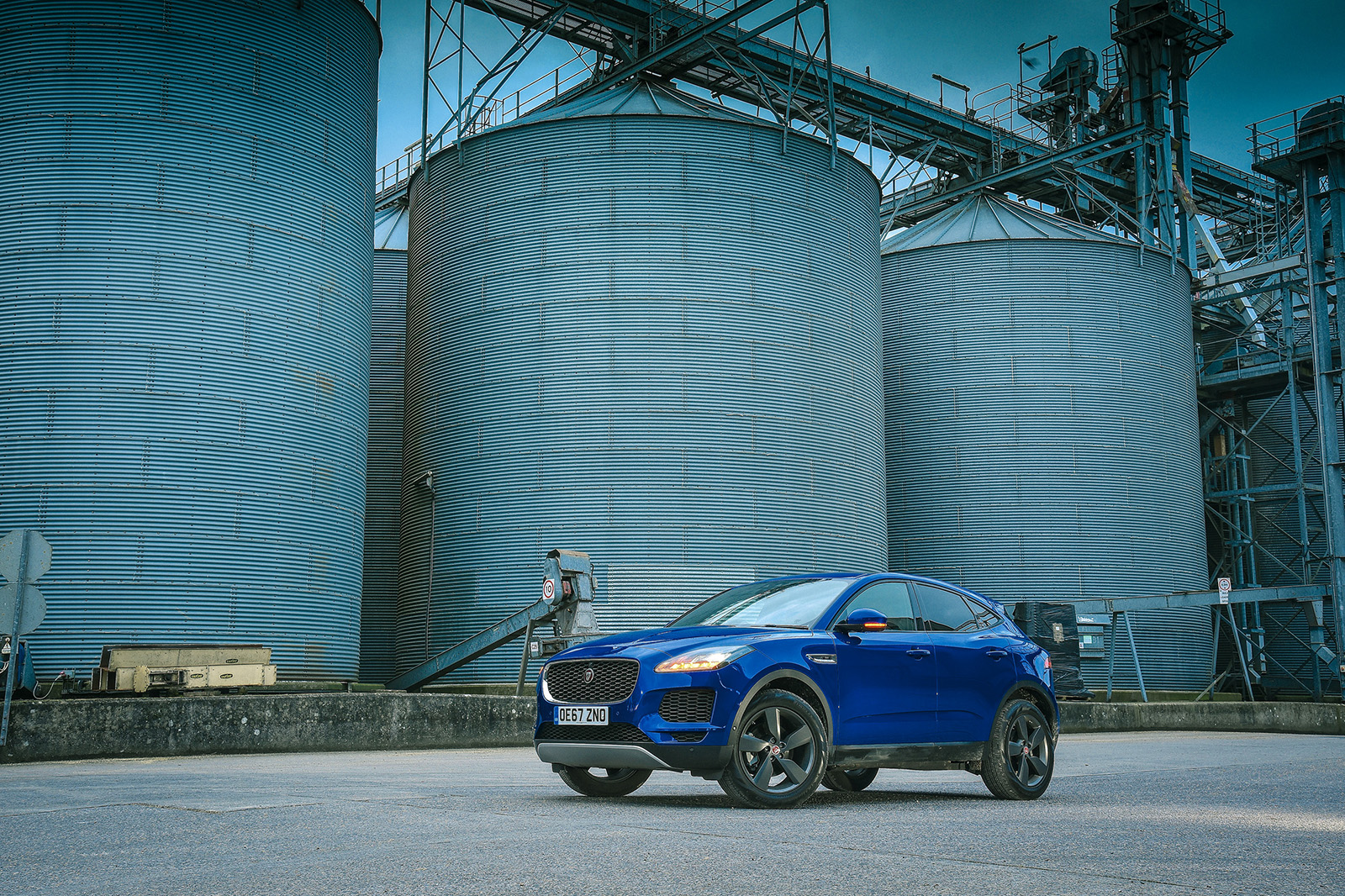For an idea of the scale of ambition embodied in the new Jaguar E-Pace, consider that 80% of those who choose to buy one over, say, an Audi Q3 or BMW X1 will be new to Jaguar showrooms. ‘Conquest customers’, as they’re dispassionately known within the industry.
That’s a mighty statistic even for a car expected to supplant the Jaguar F-Pace as the brand’s bestselling model, although it is one bolstered by the fact that quite a few will be built specifically for the Chinese market in a state-of-the-art plant in Changshu.
To grease manufacturing wheels and meet anticipated demand in Europe, every other E-Pace will be assembled in Austria by Magna Steyr, the firm that has built the Mercedes-Benz G-Class since 1979 and is currently configuring its lines for the electric Jaguar I-Pace.
If all goes to plan, the E-Pace will be something of a breakthrough car for Jaguar, and one, it is hoped, that will push annual global sales past the quarter-million mark. Predictably, we’re talking about a compact SUV here, one that slots into the range beneath the F-Pace, although mechanically it has more in common with a Land Rover Discovery Sport.
Entry-level models will be front-driven, but the majority – our test car included – will benefit from an on-demand clutch-based four-wheel-drive system capable of channelling drive to both axles. And to capture that rear-driven Jaguar feel, the most powerful variants also get a GKN Driveline ‘twinster’ torque-vectoring rear differential related to the one you’ll find on the current Ford Focus RS. It only distributes up to half of available engine torque between the rear wheels, mind, rather than the 70% you get in the Ford.


